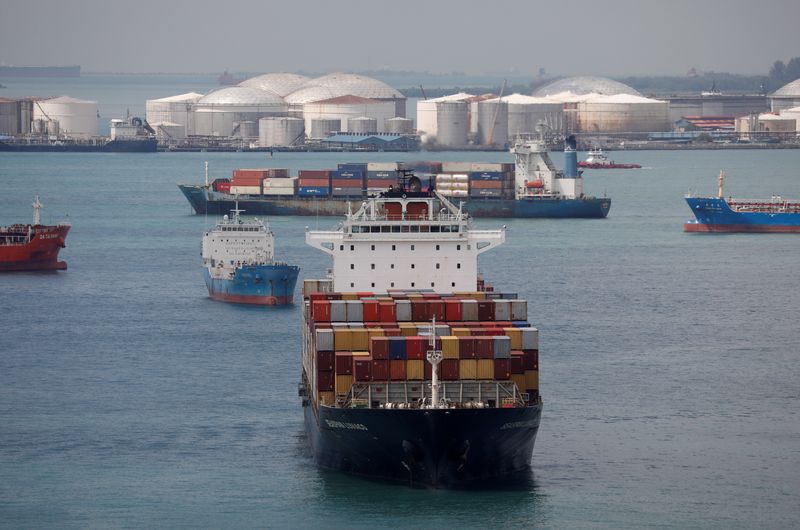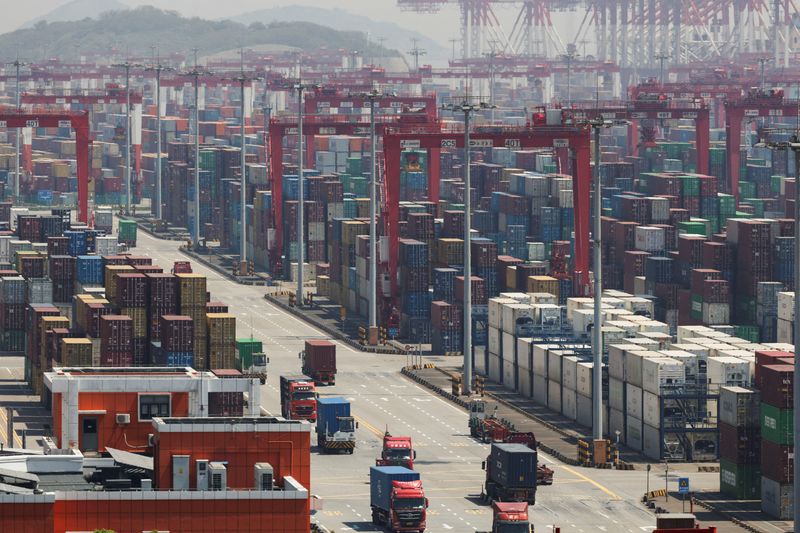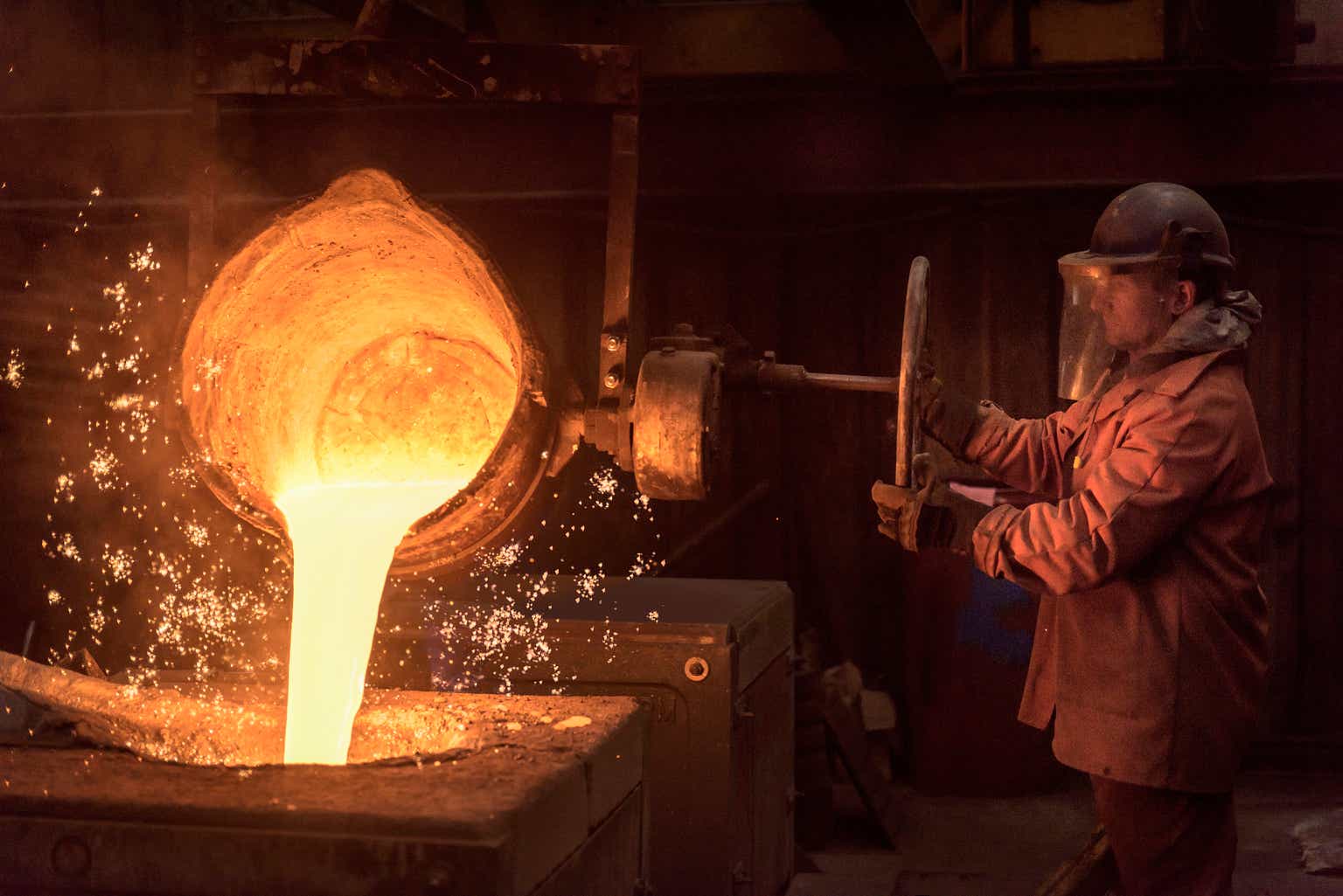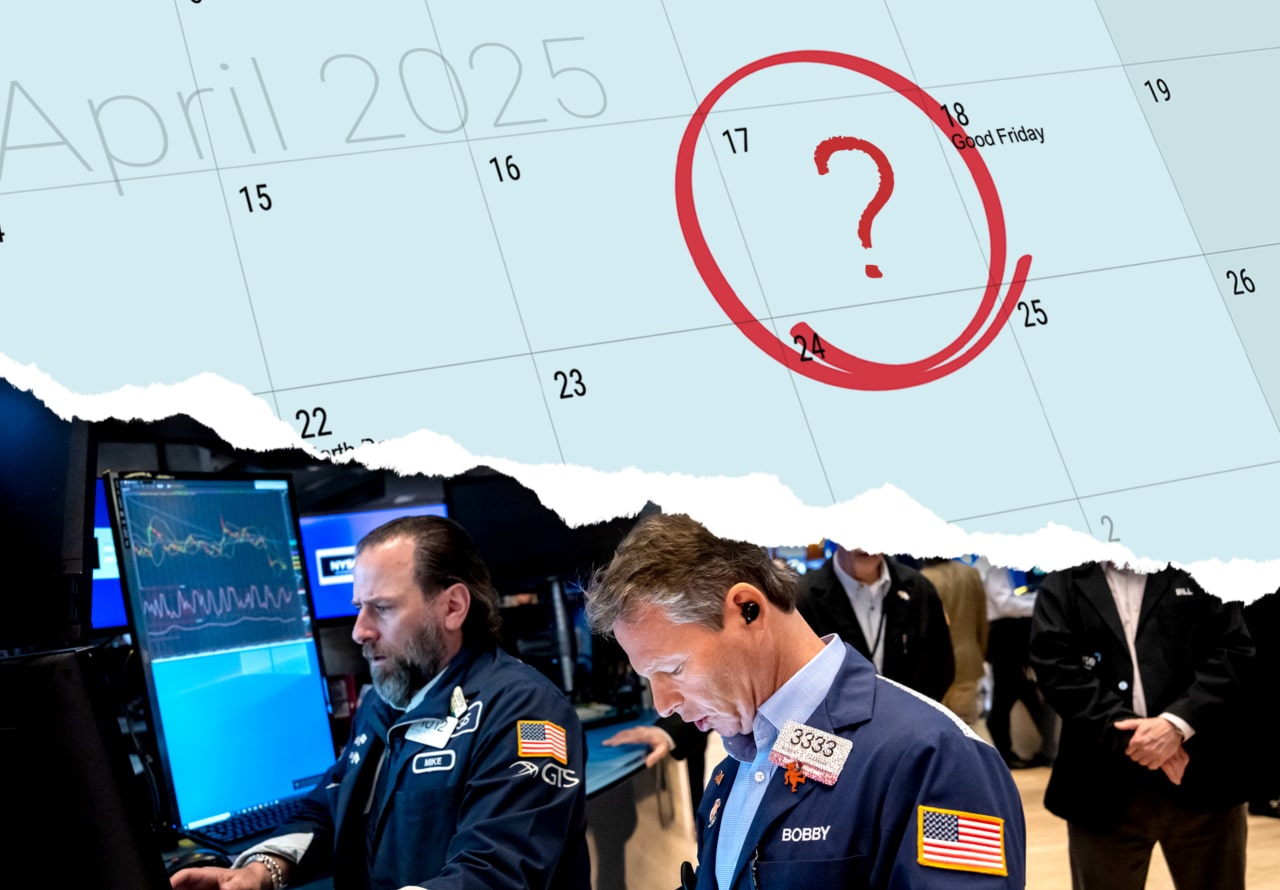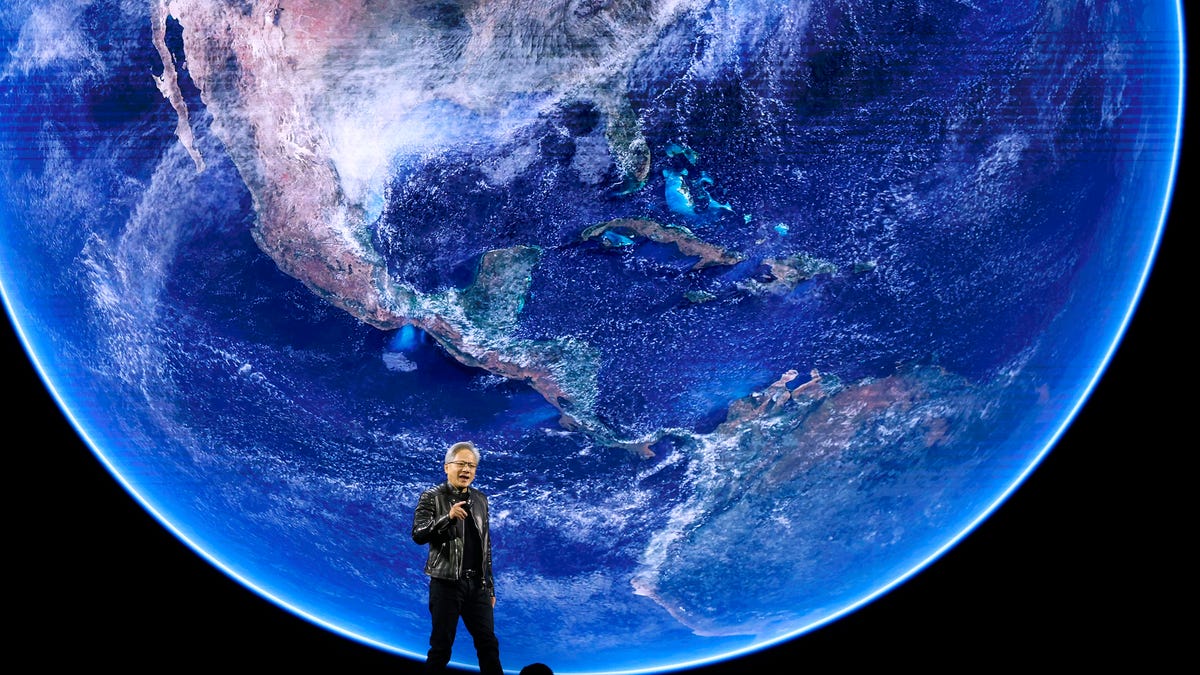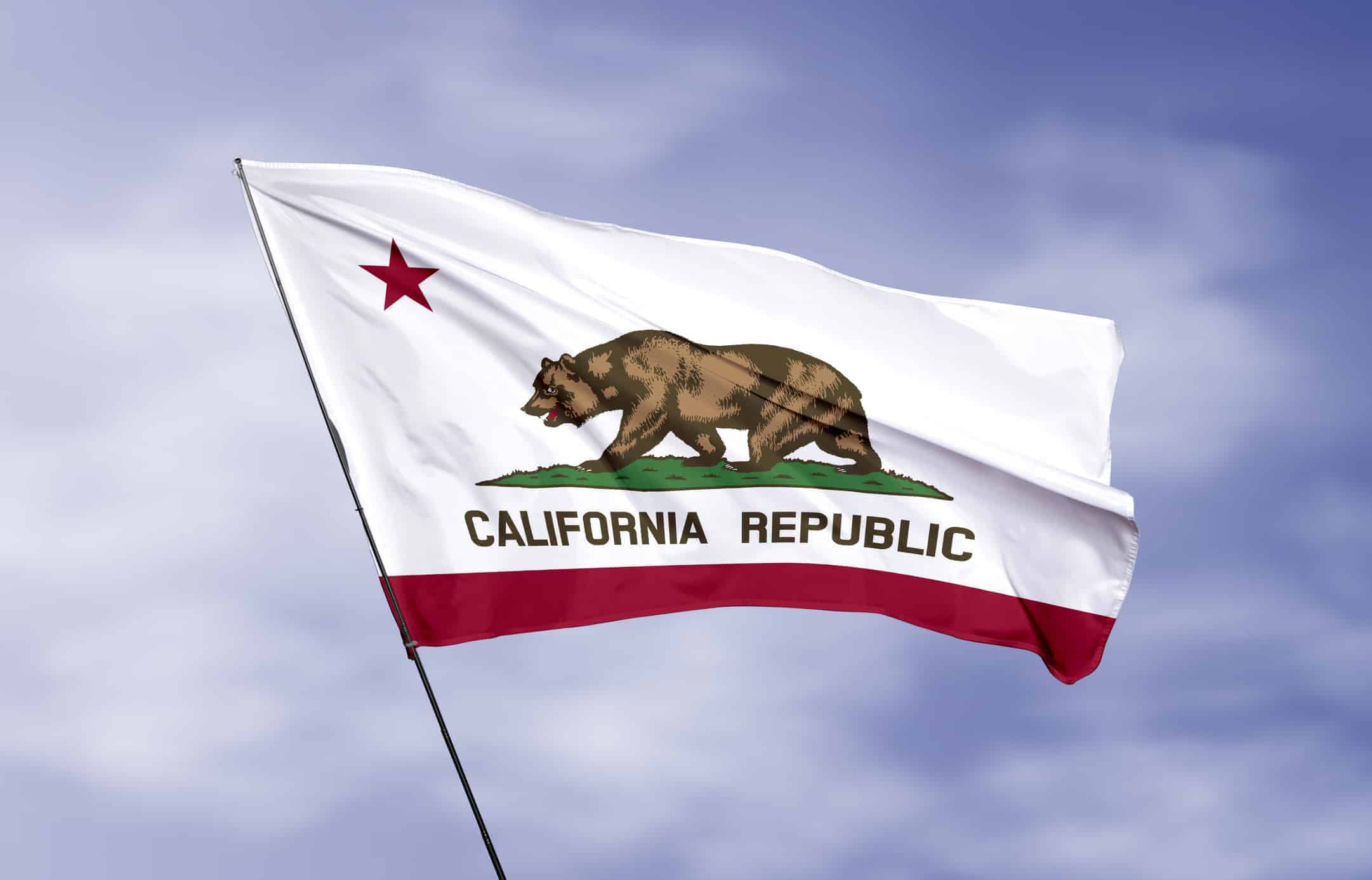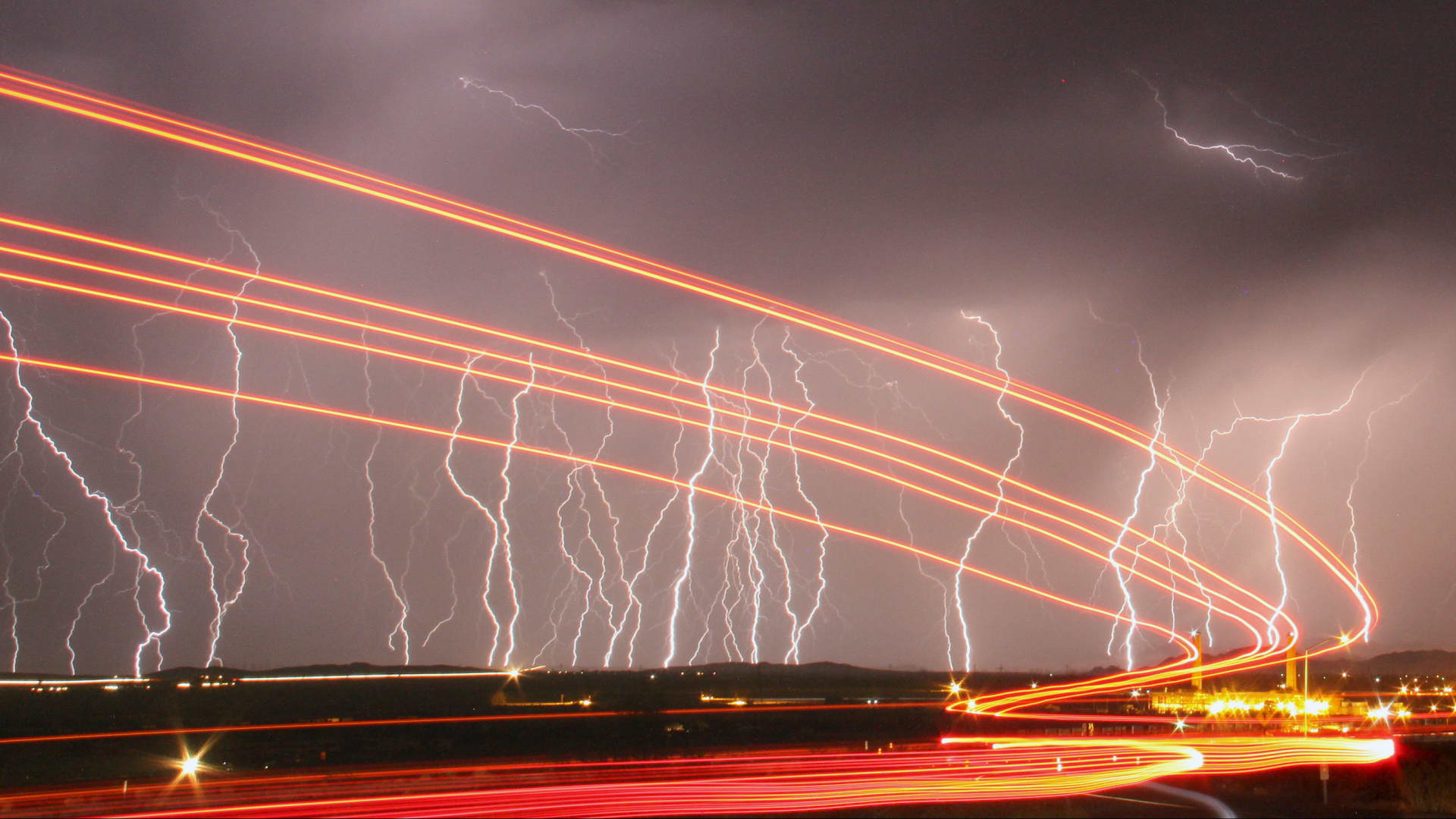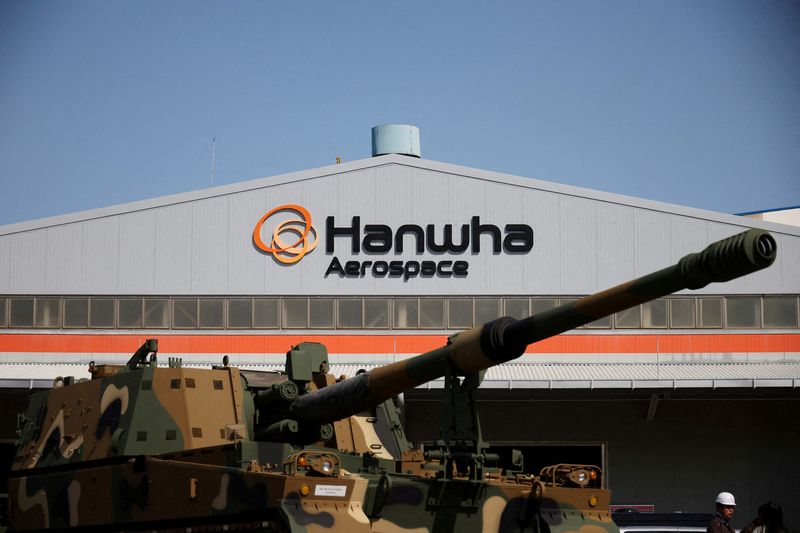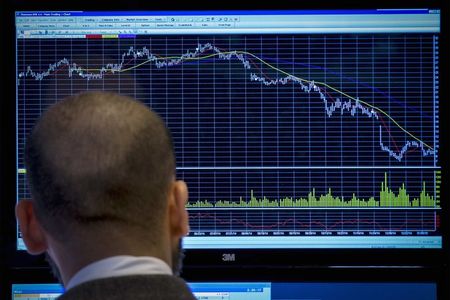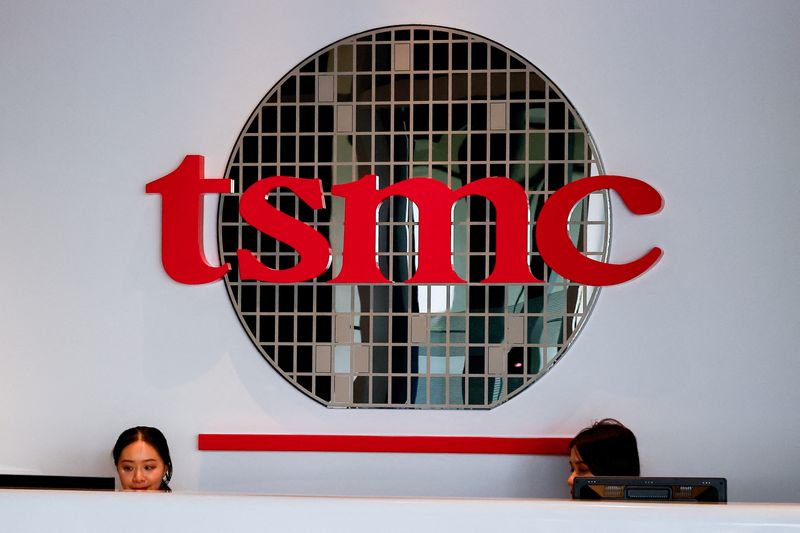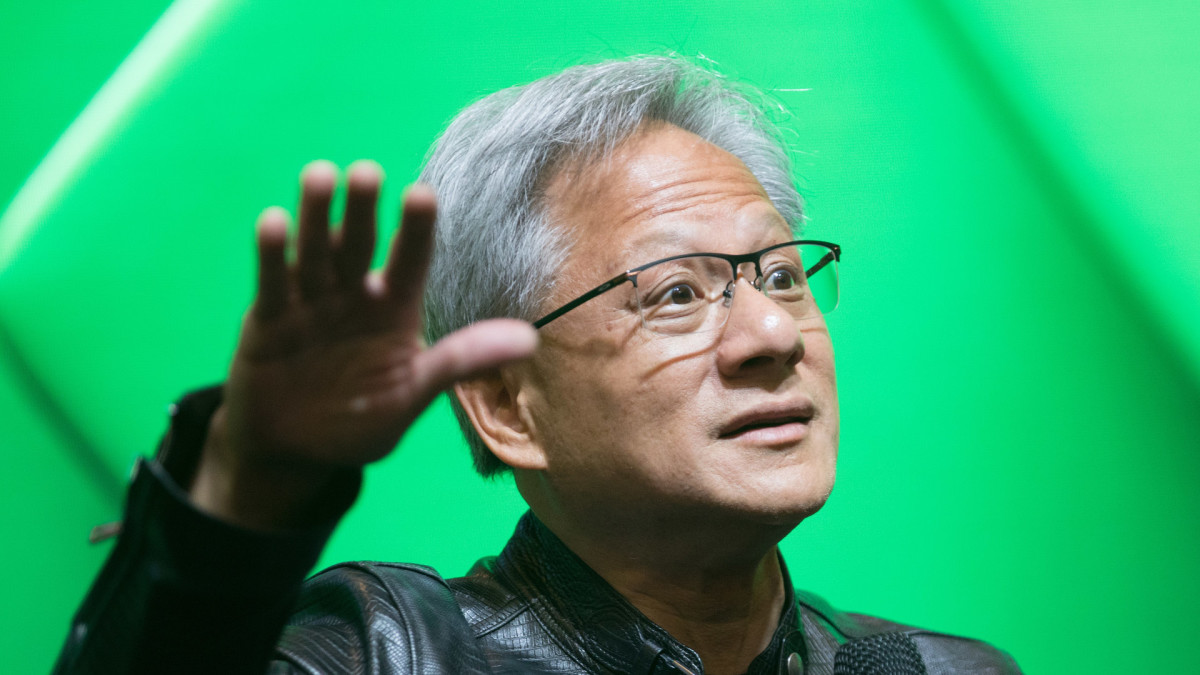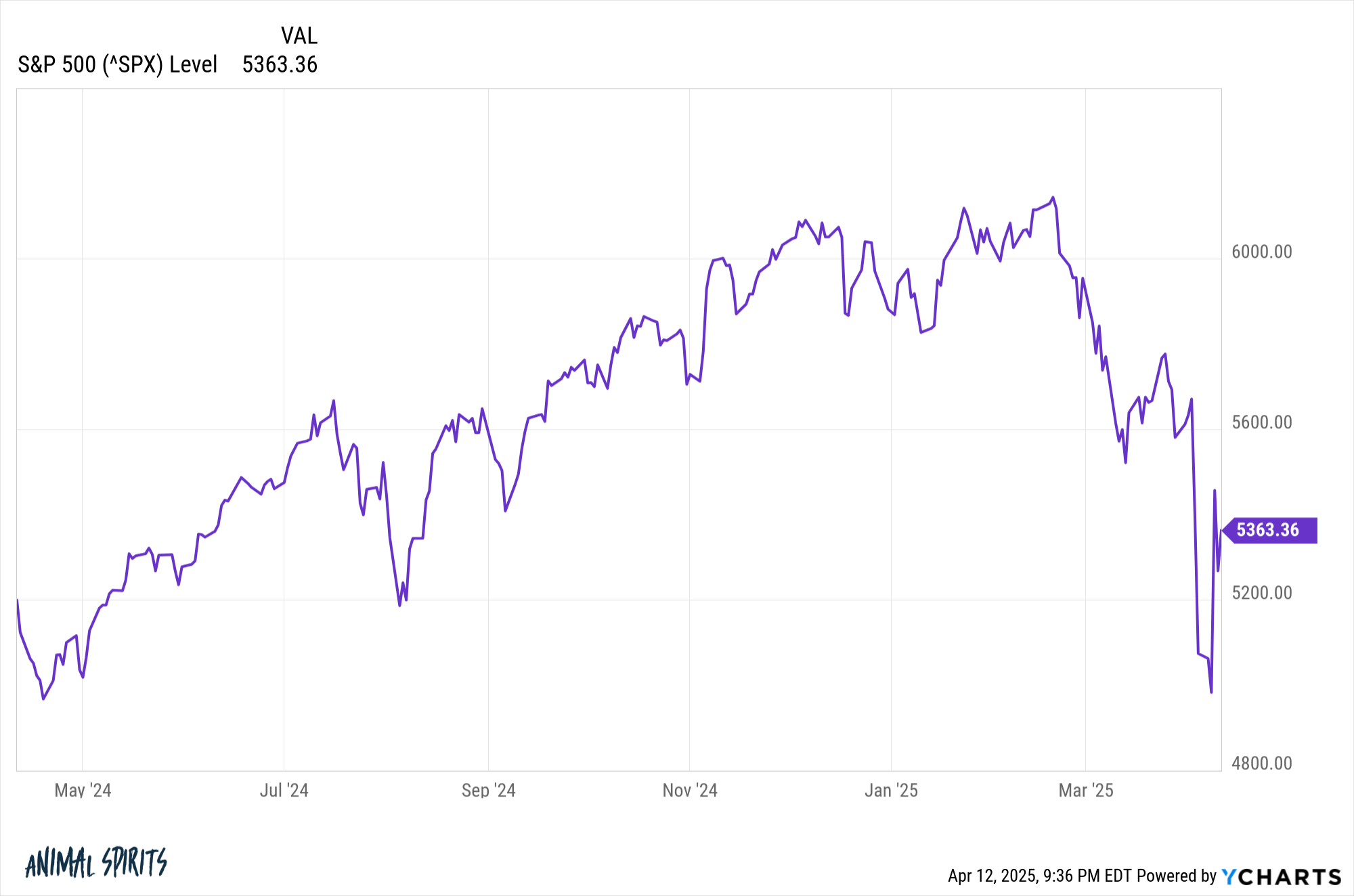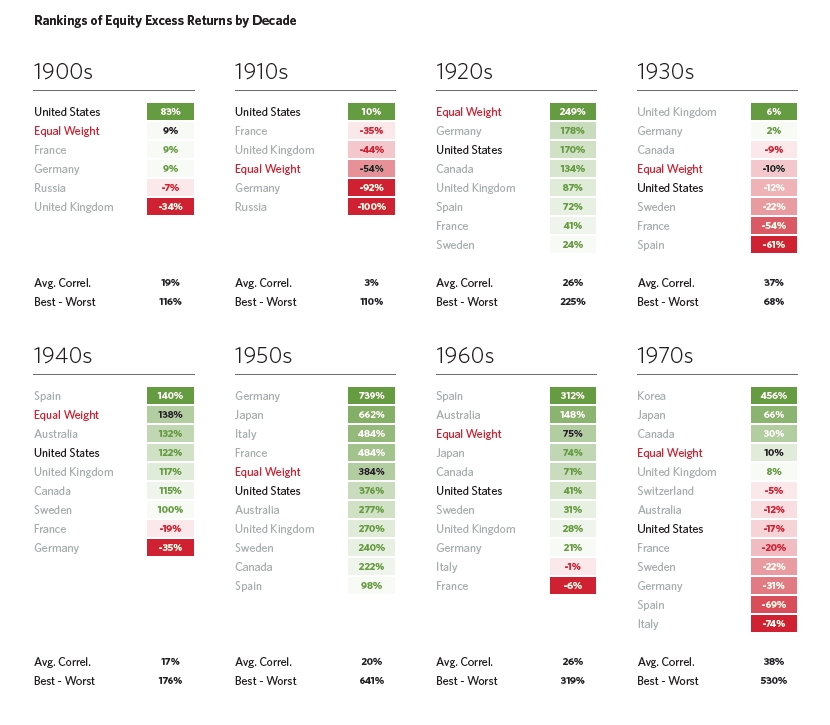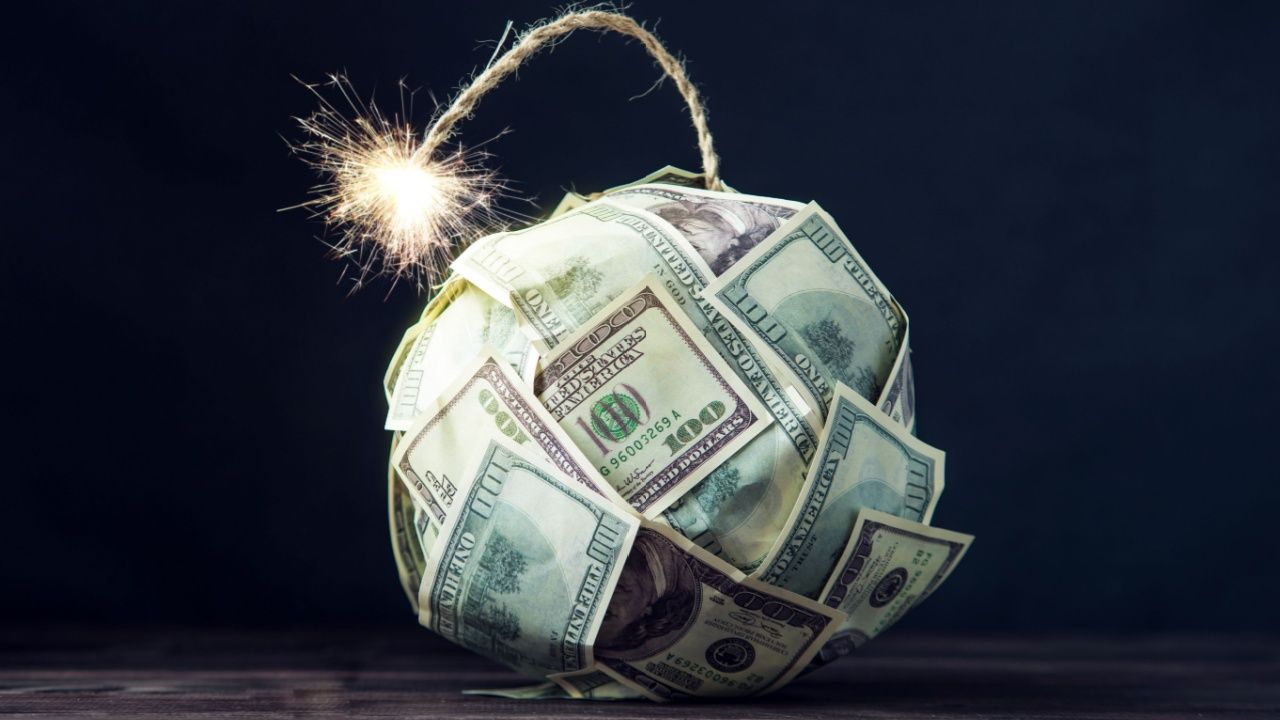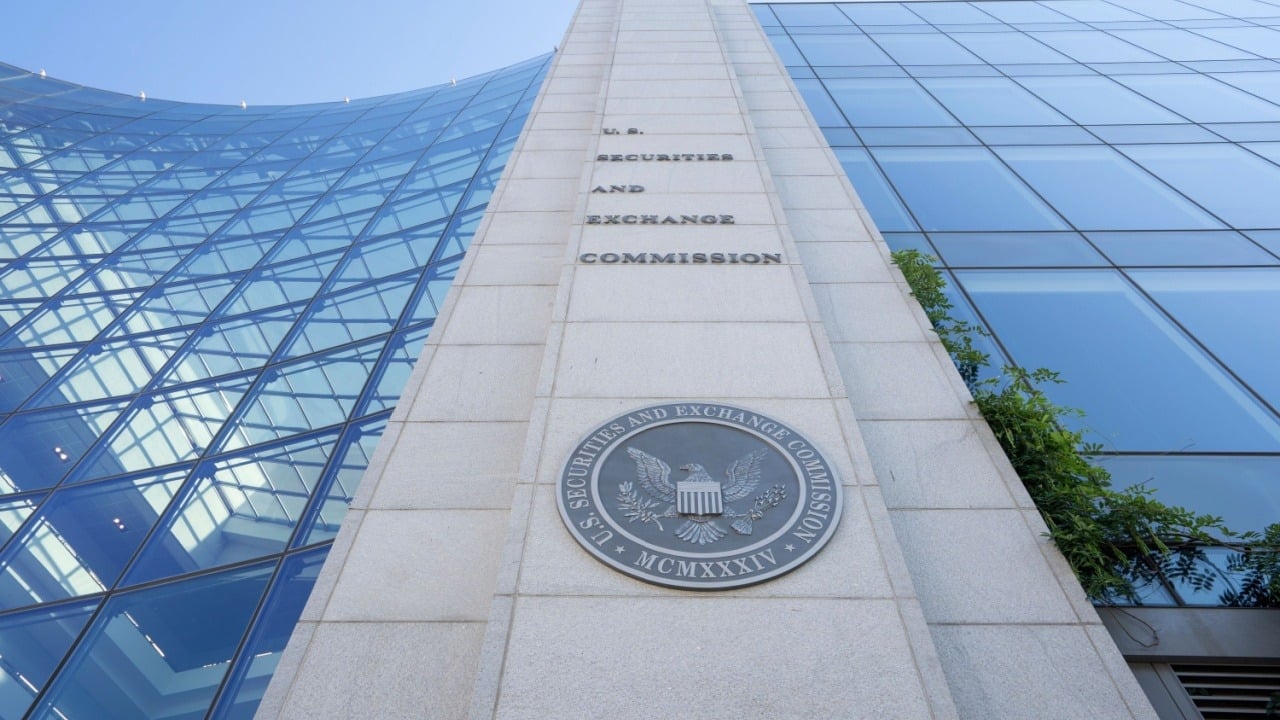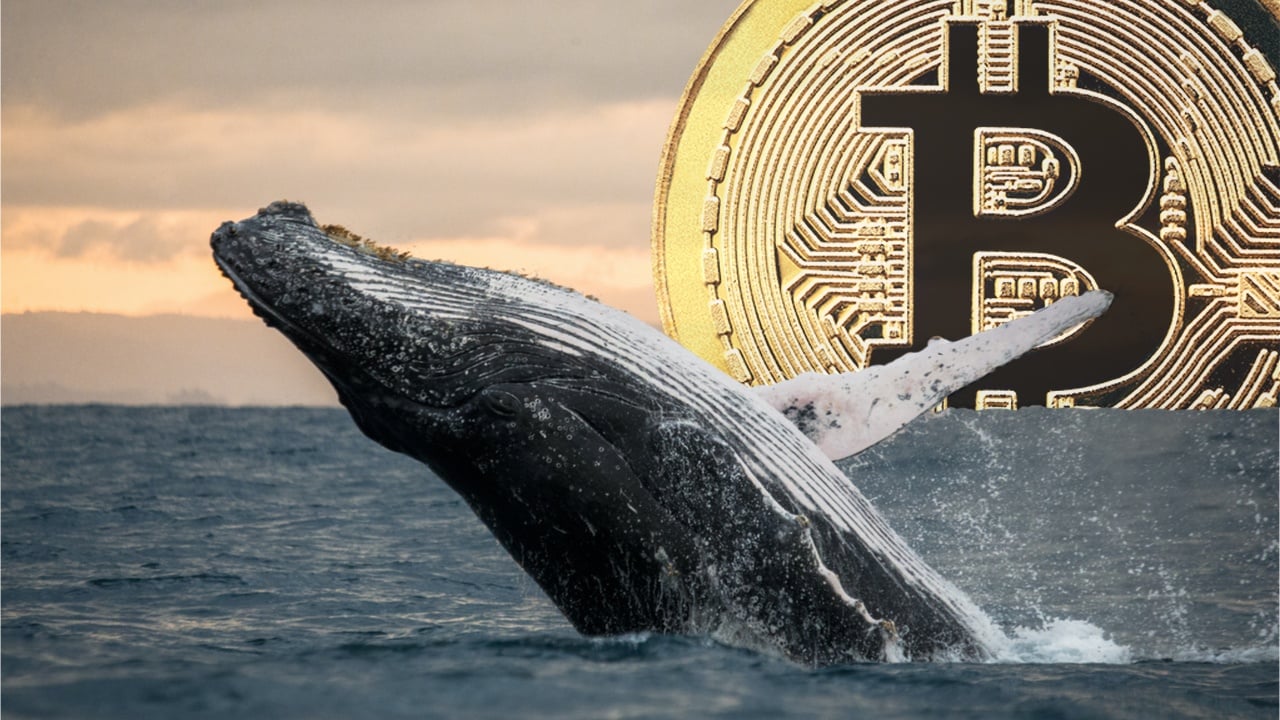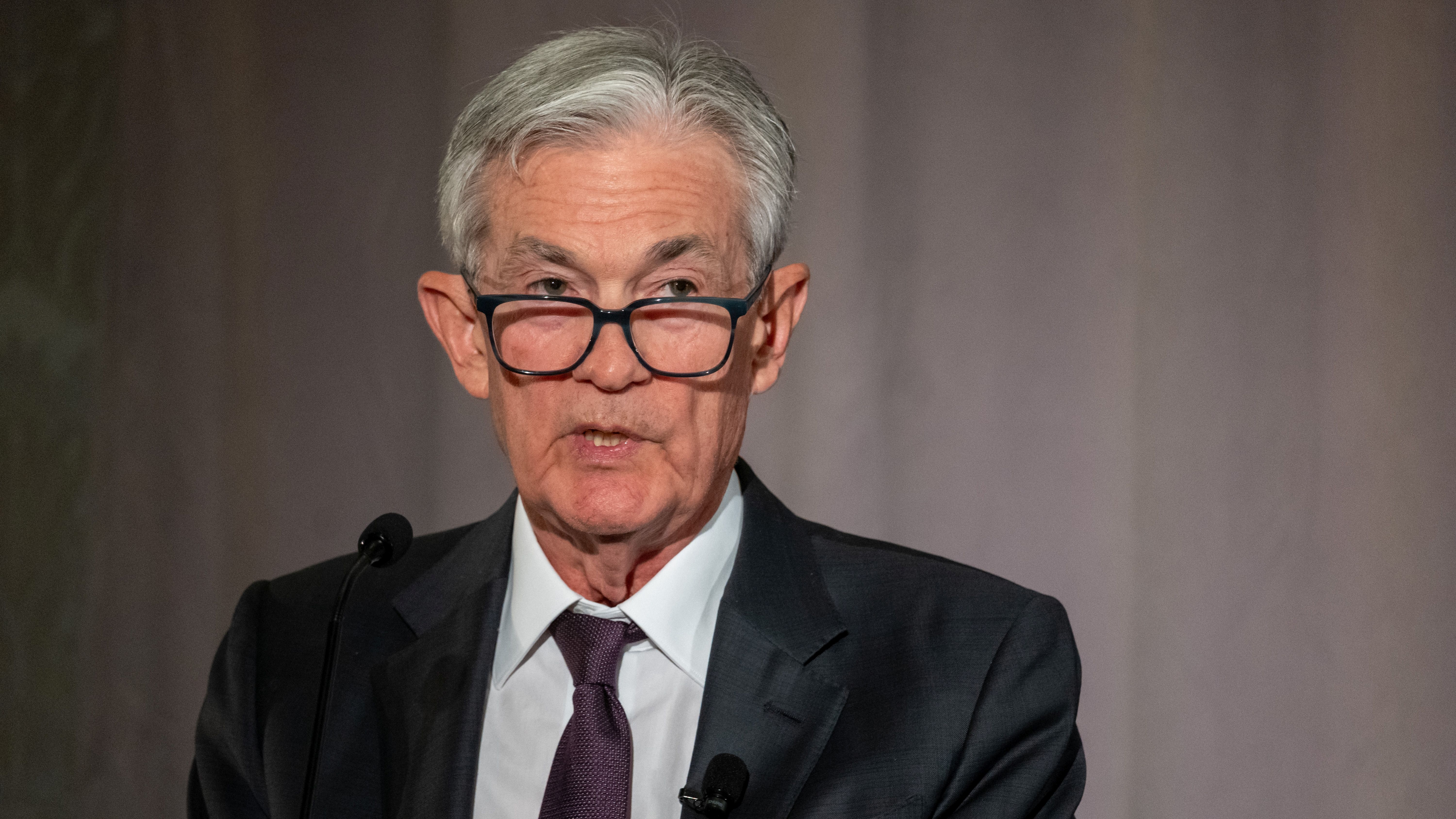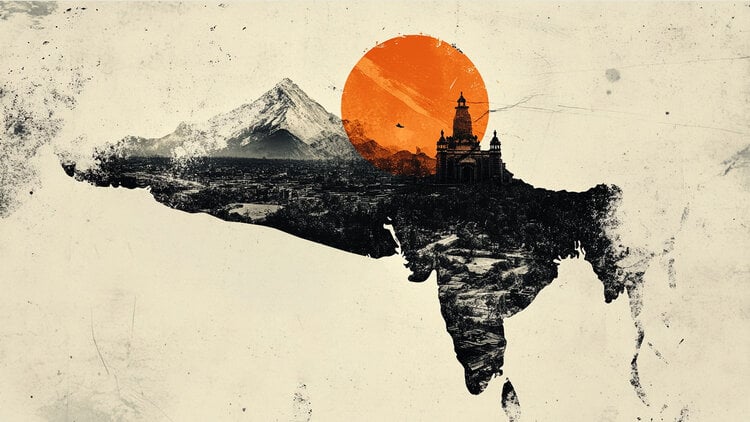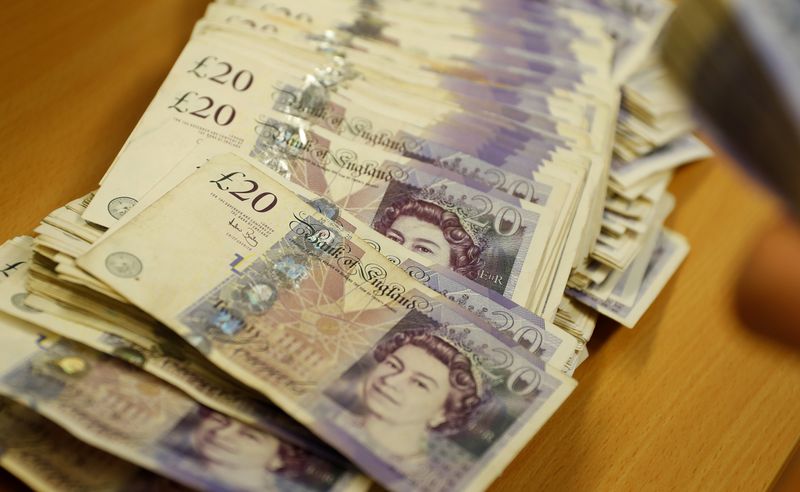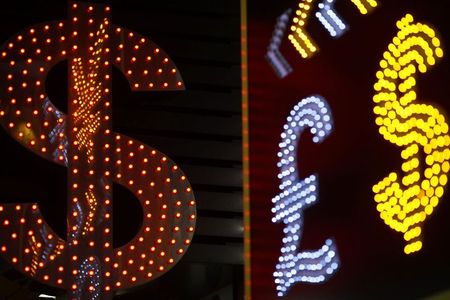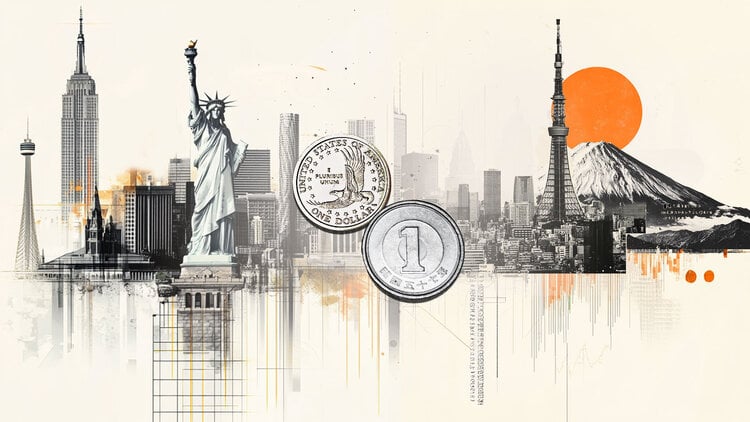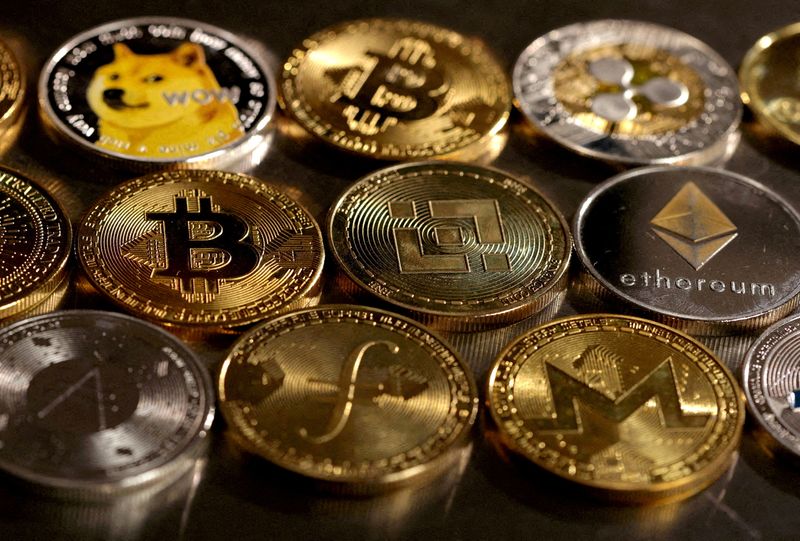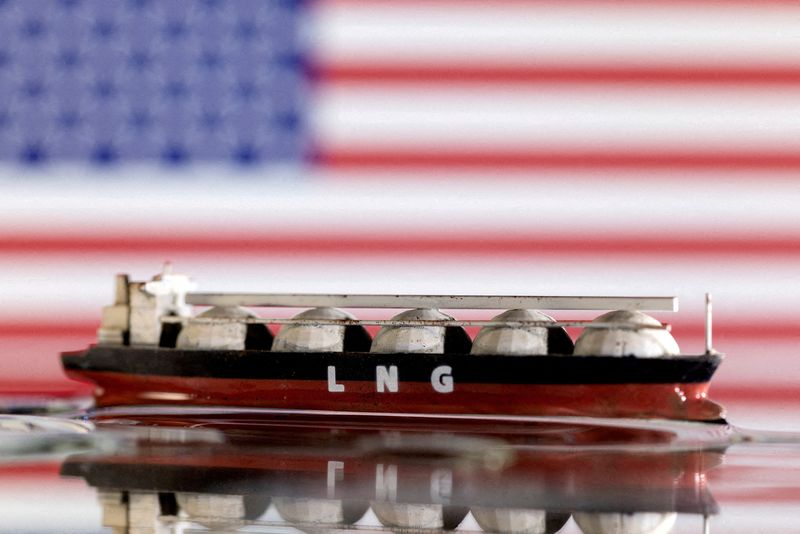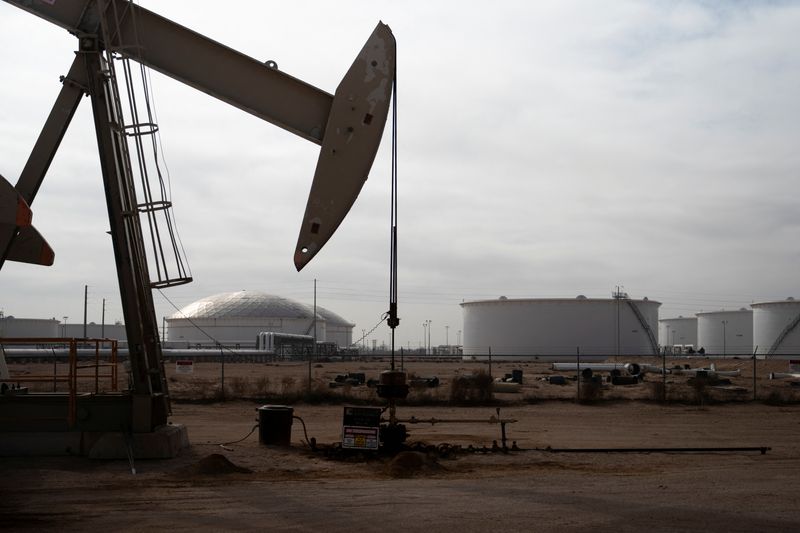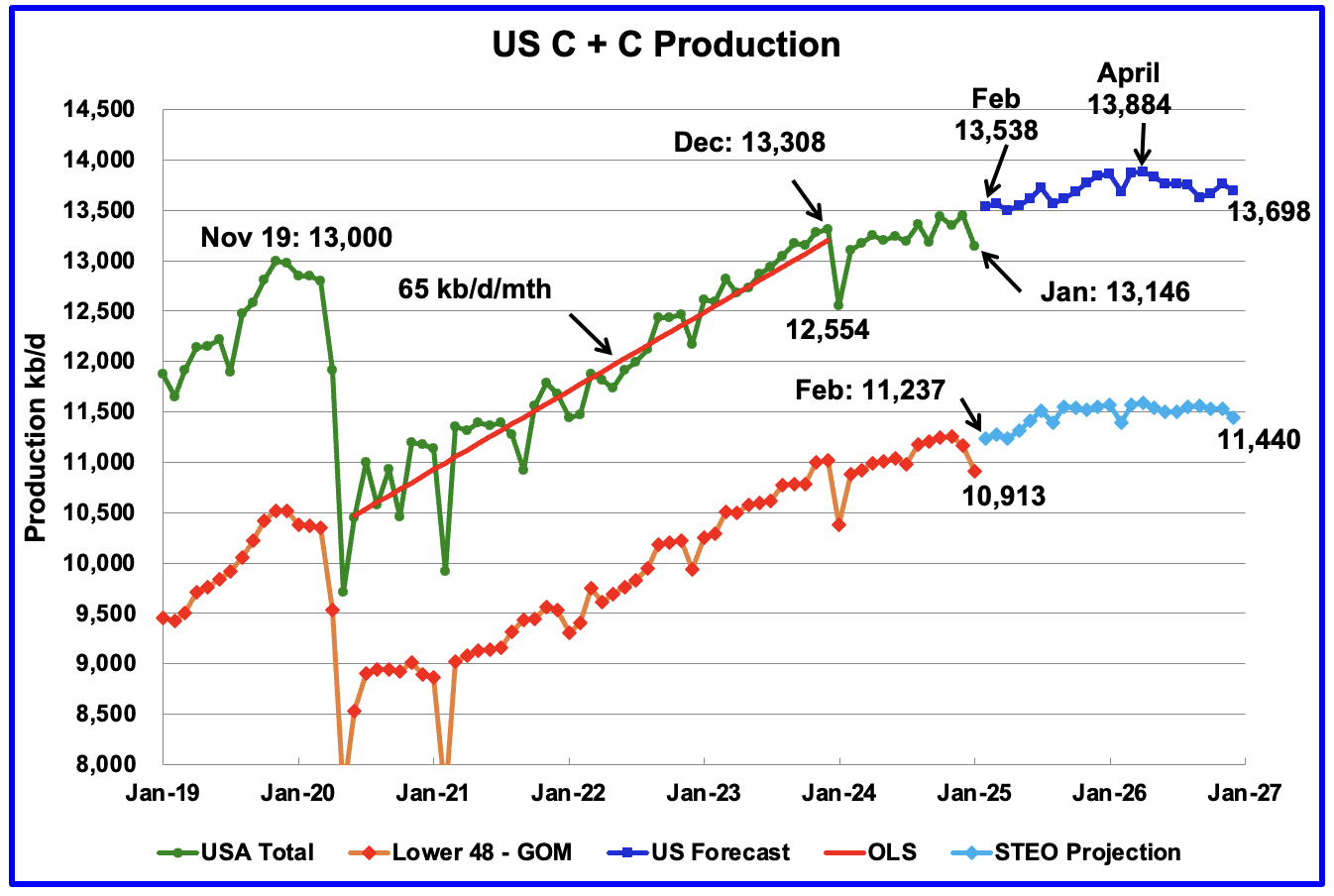Is China Getting Ready to Attack and Invade Taiwan?
Taiwan’s nationhood and independence have always been somewhat controversial. The country, which first became a province of the Qing Empire in 1885, then ended up under Japanese colonial control in in 1895, which lasted until 1945. After Japan surrendered post-World War II, control over the territory was once again ceded to China. The ROC government […] The post Is China Getting Ready to Attack and Invade Taiwan? appeared first on 24/7 Wall St..
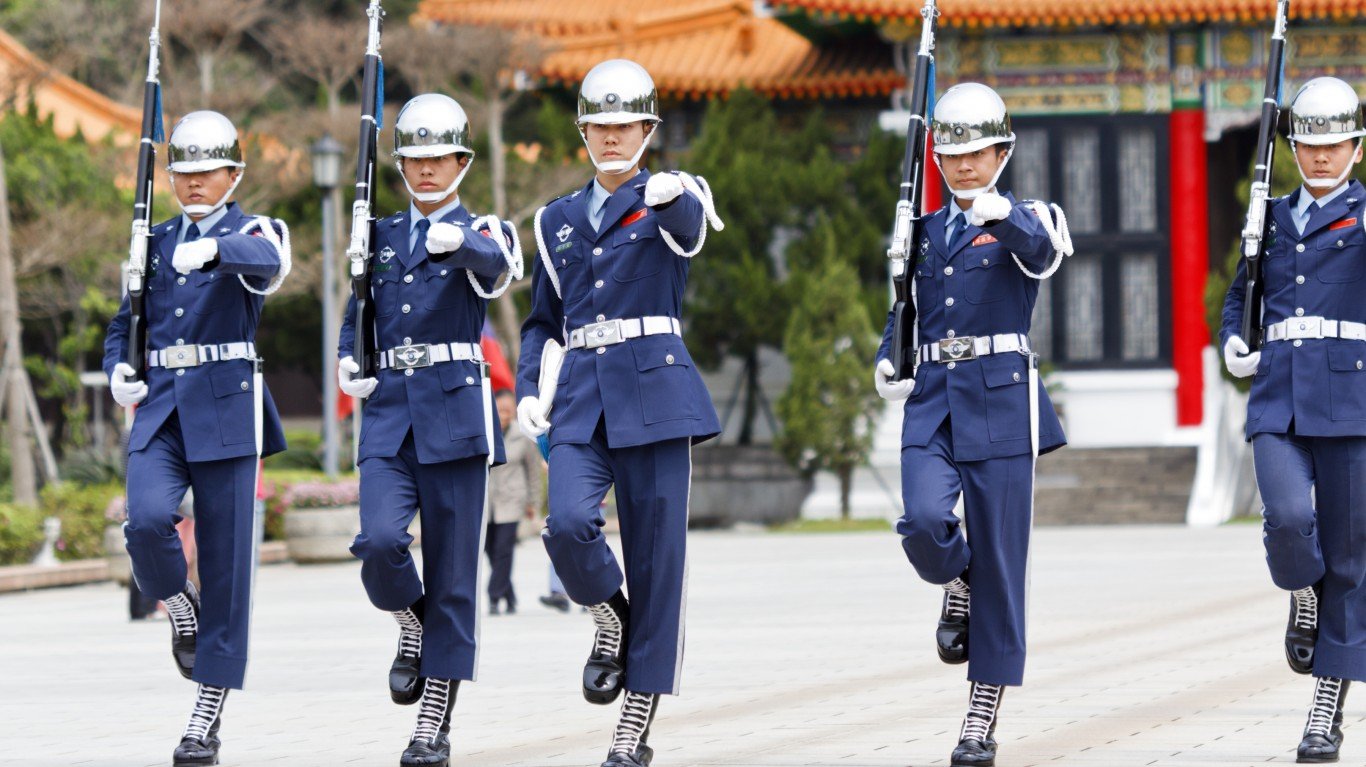
Taiwan’s nationhood and independence have always been somewhat controversial. The country, which first became a province of the Qing Empire in 1885, then ended up under Japanese colonial control in in 1895, which lasted until 1945. After Japan surrendered post-World War II, control over the territory was once again ceded to China. The ROC government relocated to Taiwan during a civil war with the Chinese Communist Party, implementing martial law until 1987, when democratization began. China believes that Taiwan is its territory that needs to be brought back to the mainland, while Taiwan claims its independence and says that Chinese control would ruin the rights and culture that the nation has built. In late March and into early April 2025, China’s People’s Liberation Army (PLA) has started expanding the bounds of its potential aggression by holding military drills around Taiwan. According to reporting from CNN, the Chinese military has stated that the drills are acting as “a stern warning and forceful deterrence against ‘Taiwan Independence’ separatist forces.” The U.S. Department of State quickly shot back that China’s aggressive rhetoric puts both the region and the world at risk. (Taiwan is arming itself, but is it choosing the right weapons?)
Although the conflict between China and Taiwan is nothing new, and China has historically remained staunchly committed to “reunifying” the two nations, the threat of war or invasion seems increasingly heavy. Perhaps China is looking to take advantage of the somewhat turbulent Trump presidency, believing that the administration is less likely to intervene than in the past. Regardless, Taiwan is also preparing to launch military drills to enhance its defense and security in the case of an invasion. Here, 24/7 Wall St. created a comprehensive comparison of China and Taiwan’s military equipment, manpower, and capabilities. We largely relied on data aggregated by Global Firepower’s 2025 Military Strength Ranking. This resource ranks 145 countries’ military strength based on over sixty different factors. We also verified data using Taiwanese and Chinese government websites, Military Factory’s defense registry, and the Council on Foreign Relations.
This previously published article was updated on April 7, 2025 to provide new data from Global Firepower and to illuminate the heightened tensions between Taiwan and China that could, if left unchecked, lead to an invasion in the very-near future.
Why Discuss This Now?
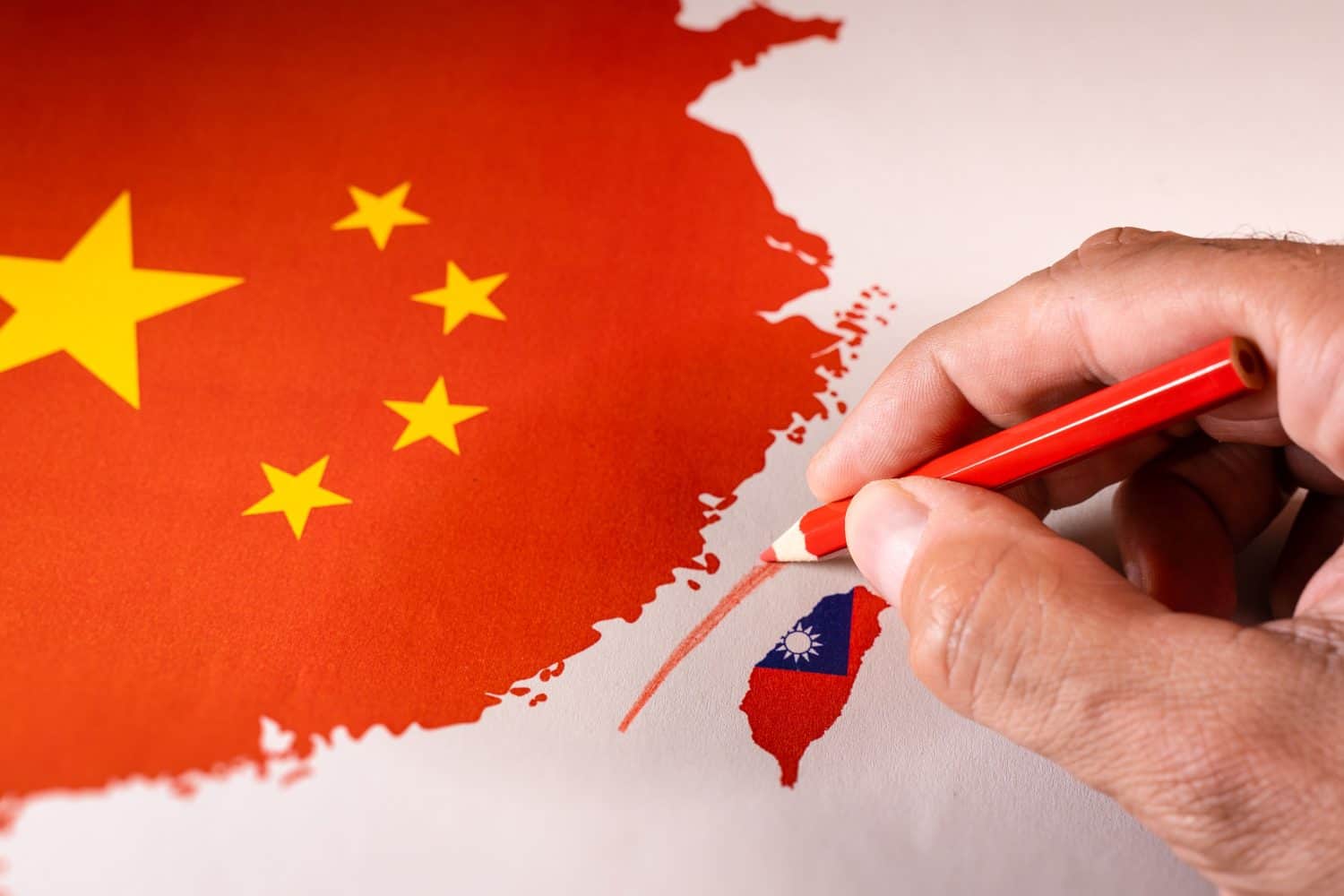
The Chinese military, officially known as the People’s Liberation Army, is widely considered to be the most powerful and modernized military in the world. As the military arm of the Chinese Communist Party, the PLA reports to the party leaders, not necessarily the nation. Right now, the PLA has its eyes on re-taking Taiwan and it seems like nothing will stop it. In fact, China’s relative military might has forced other countries, including the United States, to deny their recognition of Taiwan’s legal status and sever official diplomatic ties.
The seemingly inevitable conflict between China and Taiwan could overturn the modern balance of power in the world, changing the structure of nations and creating a new political landscape for generations to come. While we do not know who might step in on Taiwan’s behalf, Taiwan has been attempting to strengthen its relationship with the U.S. by spending more on defense, improving trade relations, and not retaliating against the 32% tariff levied against the country. However, whether the U.S. would willingly choose to go up against China, another formidable world power, has yet to be determined.
How do Taiwan and China stack up when it comes to military power and allies?:
1. Available Manpower
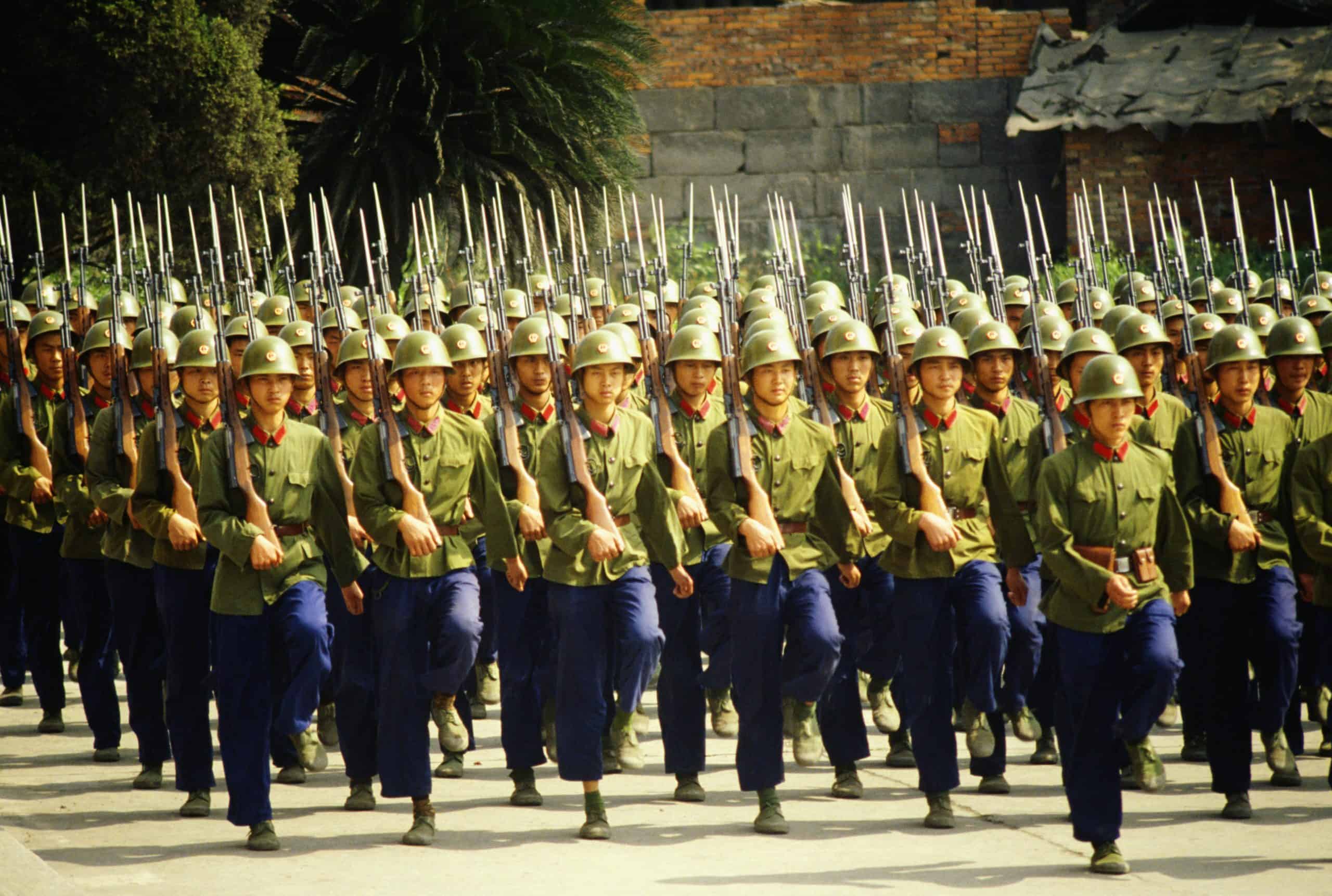
Active forces
- China: 2,035,000
- Taiwan: 215,000
Fit for service
- China: 626,864,169
- Taiwan: 1,061,787
2. Defense Budget
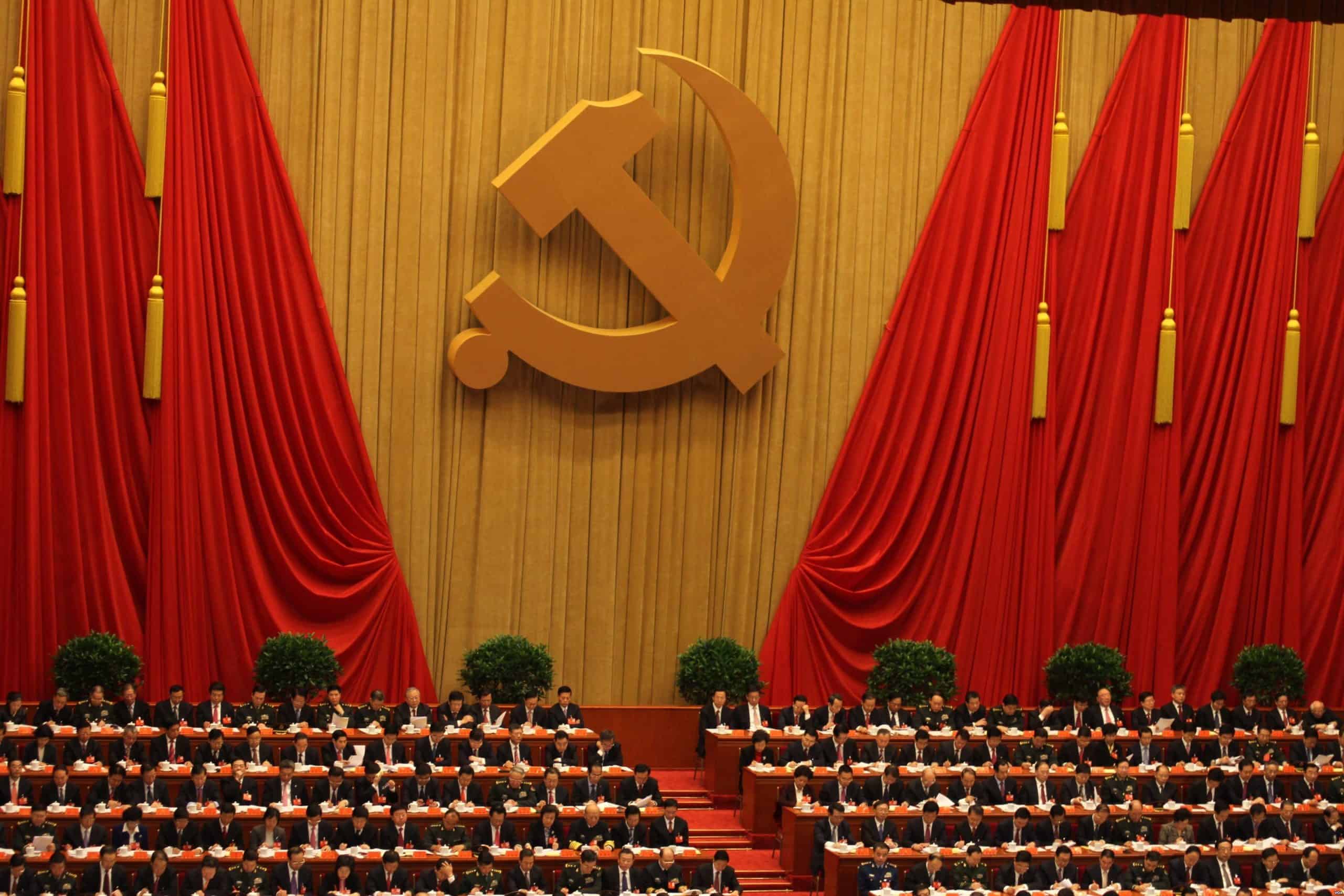
- China: $266,850,000,000
- Taiwan: $19,740,000,000
3. Airpower
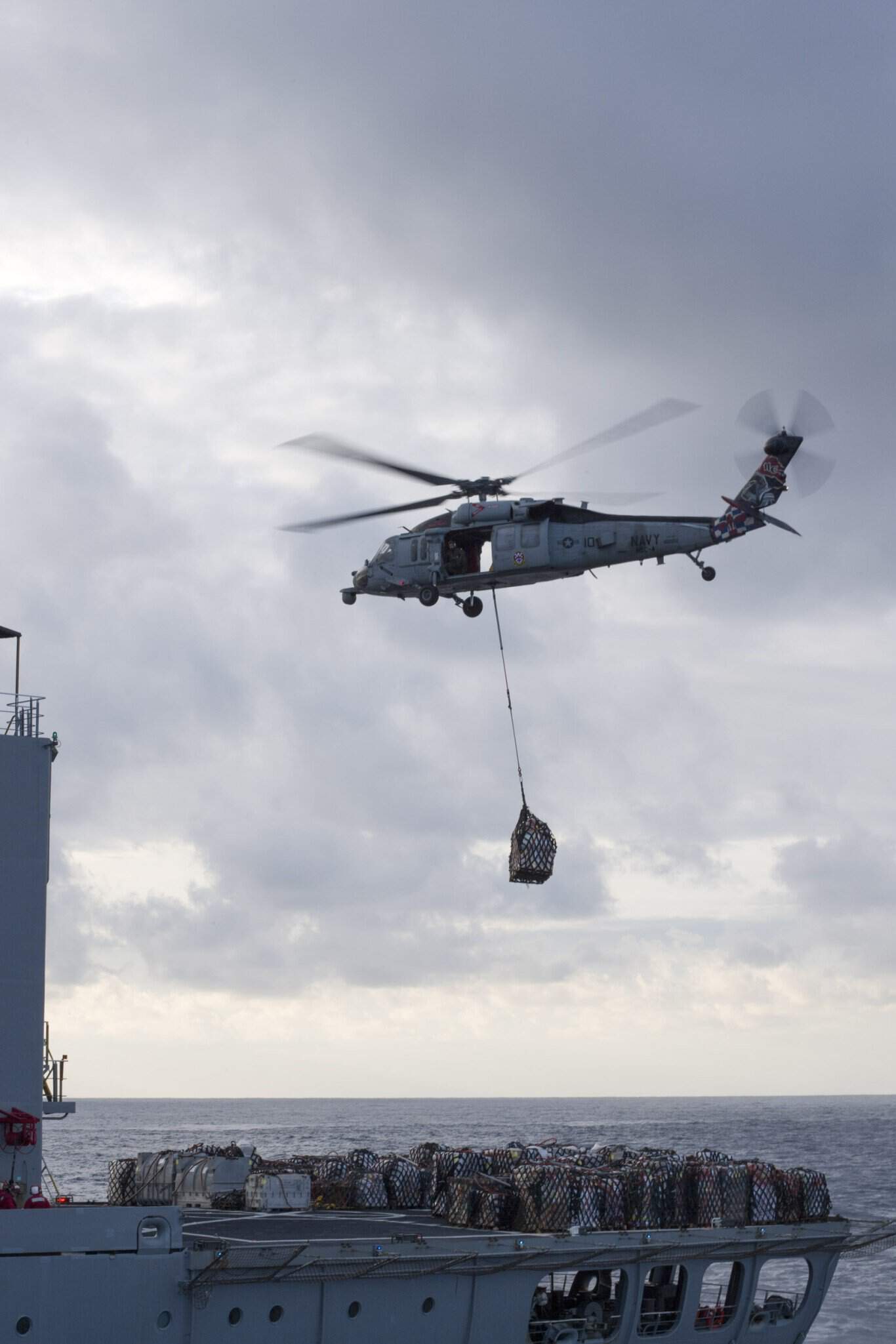
Total aircraft
- China: 3,309
- Taiwan: 761
Fighter aircraft
- China: 1,212
- Taiwan: 285
Helicopters
- China: 913
- Taiwan: 236
4. Land Power
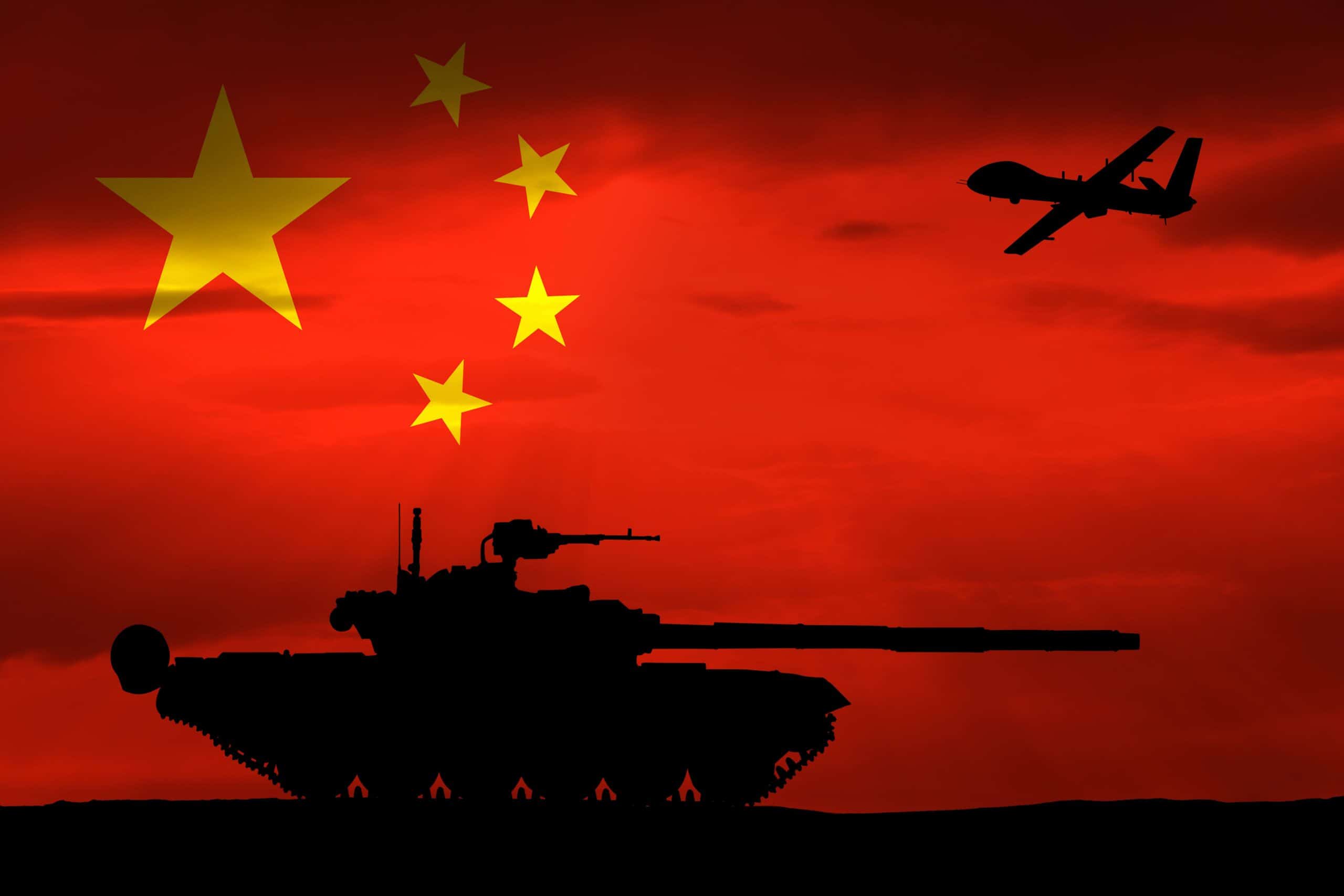
Total military vehicles
- China: 144,017
- Taiwan: 19,921
Tanks
- China: 6,800
- Taiwan: 888
Multiple Rocket Launch Systems (MLRS)
- China: 2,750
- Taiwan: 234
5. Naval Power
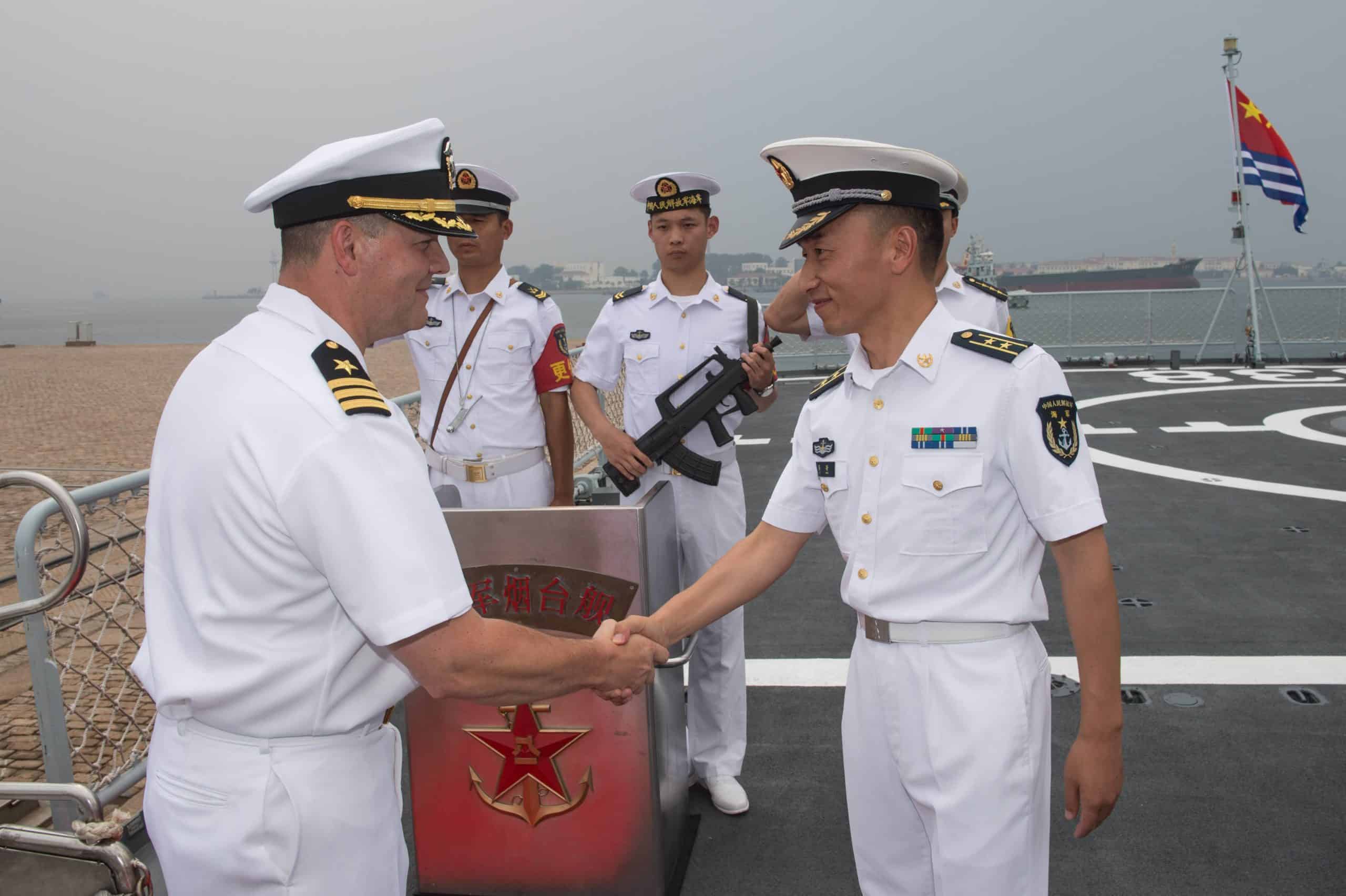
Fleet ships
- China: 754
- Taiwan: 97
Submarines
- China: 61
- Taiwan: 4
Patrol vessels
- China: 150
- Taiwan: 37
6. Logistics
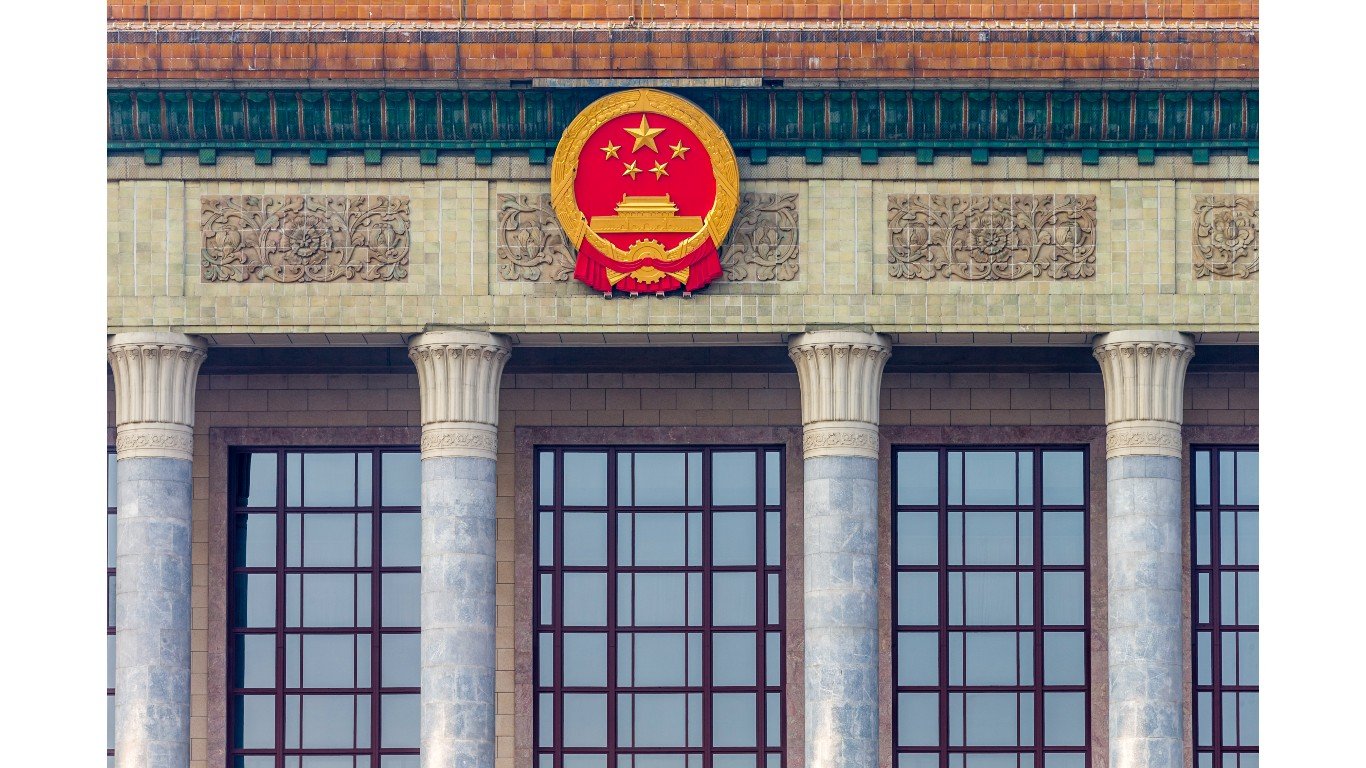
Airports
- China: 531
- Taiwan: 53
Ports
- China: 66
- Taiwan: 8
Labor force
- China: 779,246,000
- Taiwan: 11,498,000
7. Natural Resources
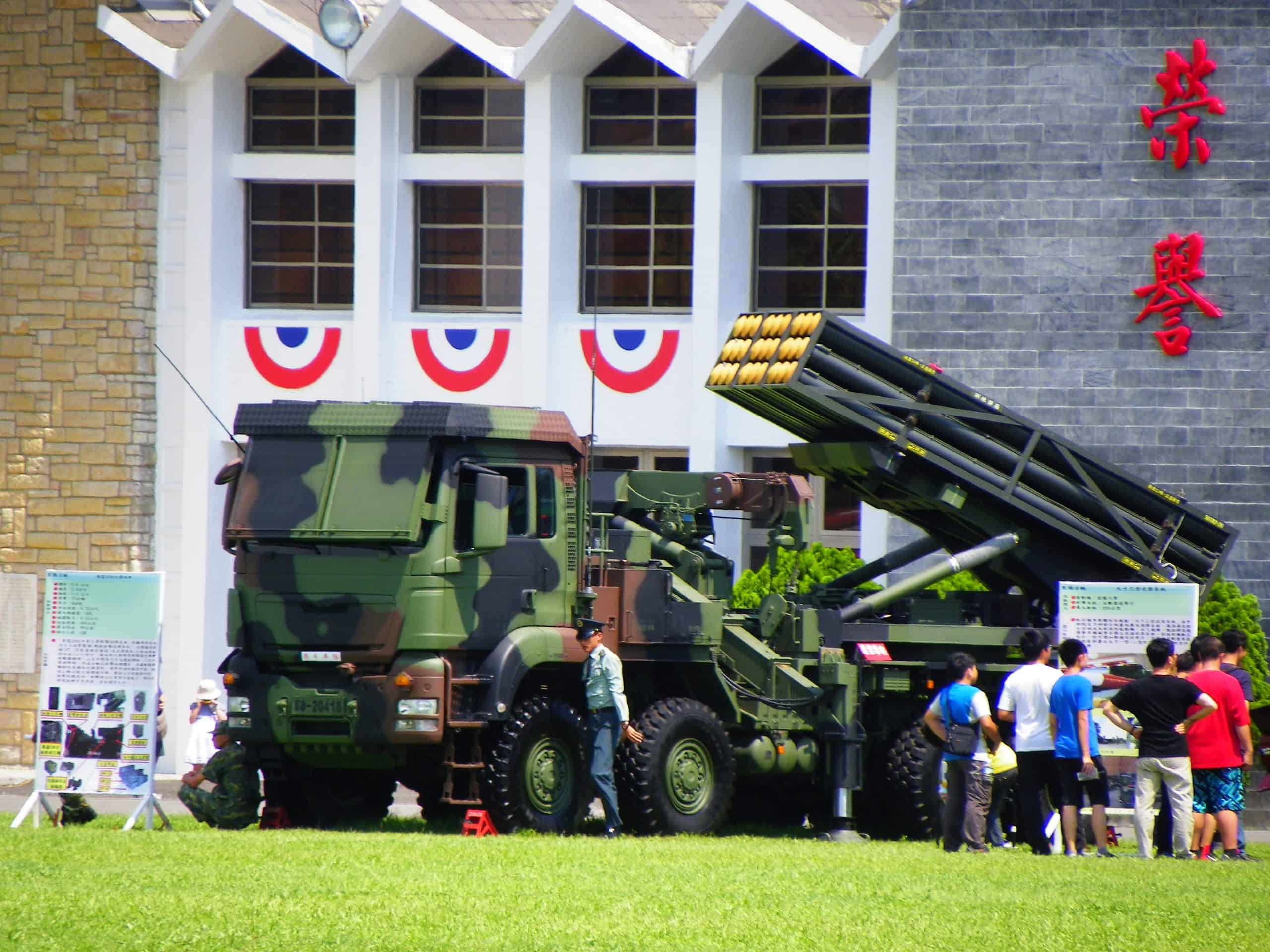
Oil production
- China: 4,984,000 bbl
- Taiwan: 800 bbl
Natural gas production
- China: 225,341,000,000 cu.m
- Taiwan: 63,747,000 cu.m
8. Allied Support
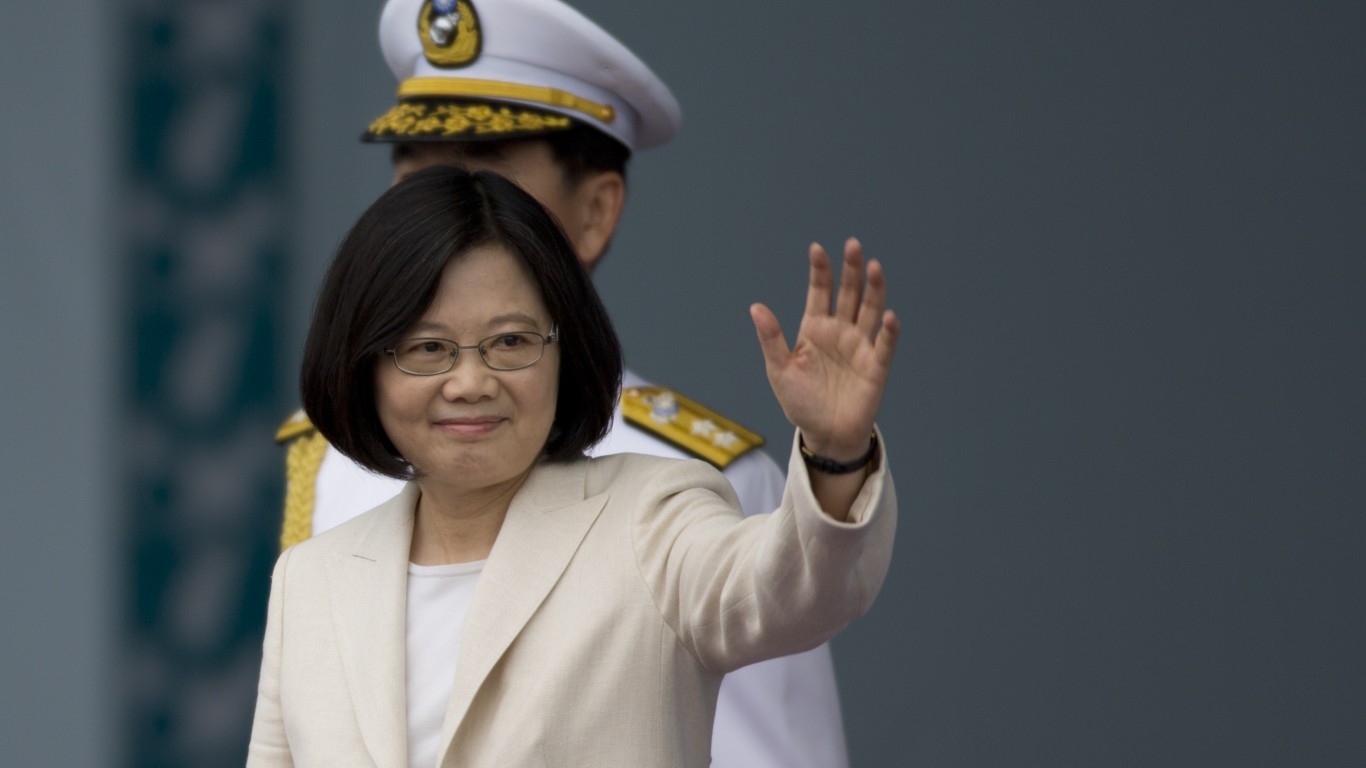
According to Taiwan’s Ministry of Public Affairs, Taiwan’s diplomatic allies include:
- Tuvalu
- Marshall Islands
- Eswatini
- St. Kitts and Nevis
- Republic of Paraguay
- St. Lucia
- Republic of Palau
- The Holy See
- Belize
- Haiti
- Republic of Guatemala
- St. Vincent and the Grenadines
However, there is no explicit guarantee that any of these nations would defend Taiwan in the event of a Chinese invasion — or that these countries are necessarily well-armed enough to go up against China. While former President Joe Biden stated that the United States would intervene, current President Donald Trump has declined to say whether the U.S. would step forward. At the same time, tensions are worsening between China and the United States — China’s accusations of economic bullying were followed by Trump’s threats to institute a 50% tariff — would could prompt U.S. intervention if China did invade Taiwan.
Japan has an outstanding policy of military intervention in its region if any country is invaded, so it might automatically join a possible war. The Australia, New Zealand, and United States Security Treaty might include those nations in a possible conflict as well.
It is difficult to determine which countries, if any, would join China as the aggressor.
9. Arms Purchases
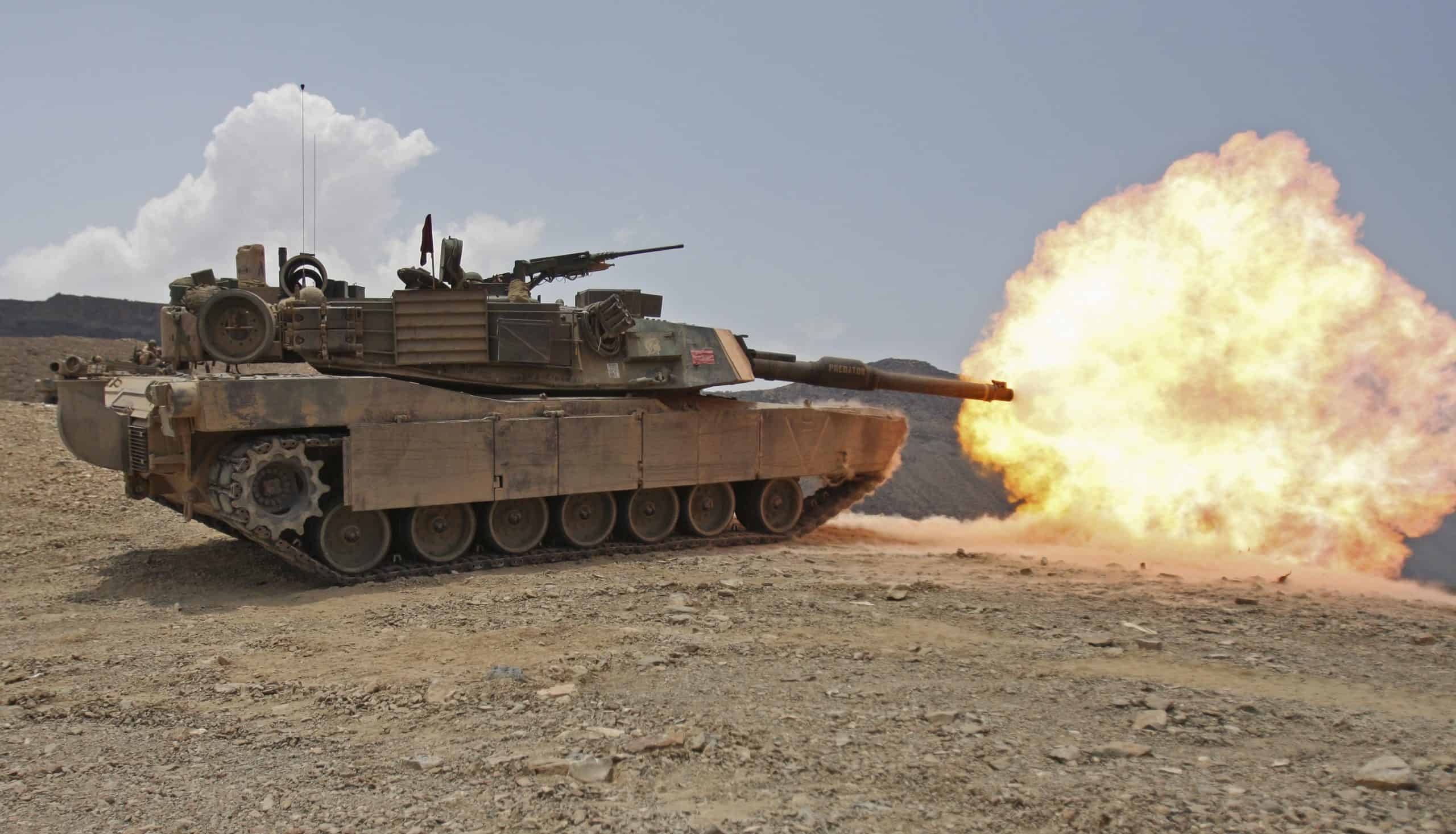
Taiwan has purchased military equipment from the United States and other countries. This equipment includes M1 Abrams battle tanks, MK-48 Mod 6 Advanced Torpedoes, and FIM-92 Stinger missiles — among others.
While China is working to improve its domestic military arms production, the nation has, in the past, bought arms from Russia. This has largely included helicopters, engines, and similar equipment.
11. Training and Exercises
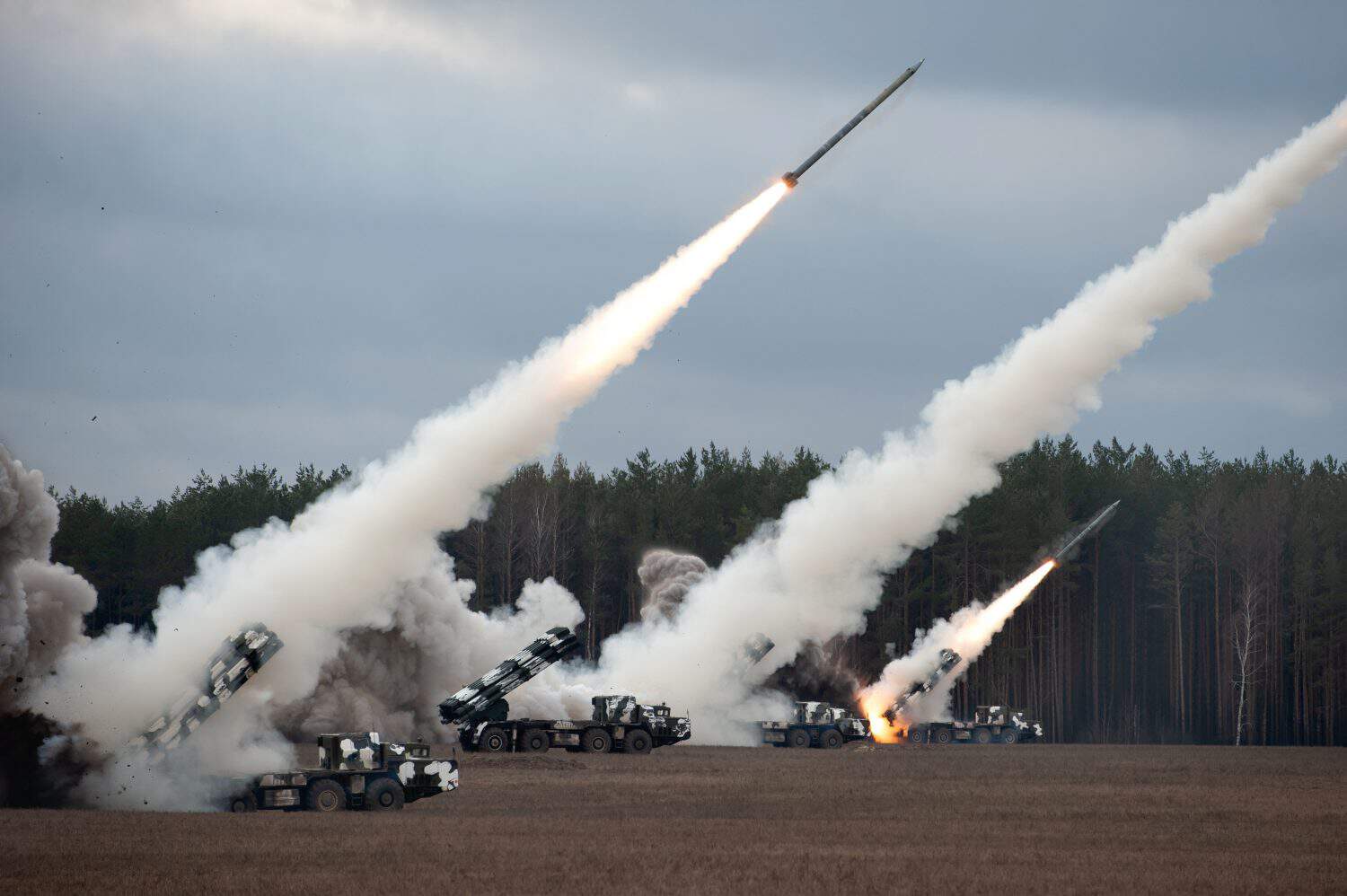
The United States and Taiwan have maintained close military ties, with both countries participating in training and military exercises together. The U.S. sends military personnel to the island of Taiwan itself either secretly or as part of an unofficial delegation. The United States also supports the Taiwanese Air Force through training and air-to-air refueling.
While China and the U.S. have participated in joint military exercises, the U.S. has also more recently accused China of aggression and spurring regional insecurity after China began holding drills around Taiwan.
11. Taiwan’s Strategy

The Porcupine Strategy is the military doctrine practiced by Taiwan in preparation for a hypothetical invasion by China. This strategy focuses on fighting an asymmetric war against a more numerous and more advanced Chinese army, and remains part of the Overall Defense Concept of Taiwan.
The plan, based on war games, predicts that Taiwan’s navy will be quickly destroyed without making any meaningful contribution to the war effort, and any aircraft not stored underground will also be destroyed, leaving only the army and small arms to defend the island.
The Porcupine Strategy places importance on Taiwan providing effective resistance until the United States can intervene and eliminate the Chinese fleet.
12. China’s Strategy
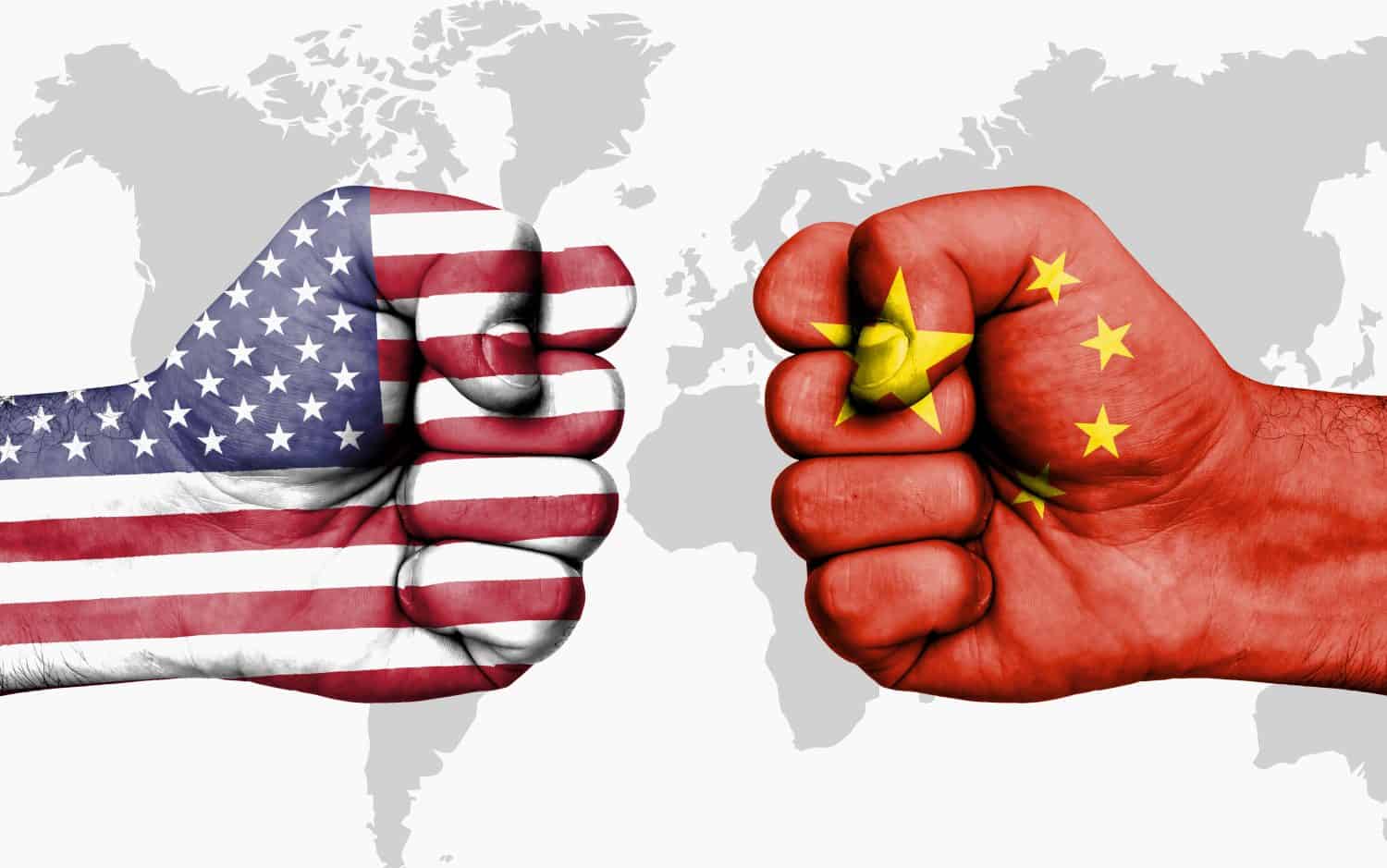
It is unknown what the Chinese strategy might be in the event of an invasion, but all war games and simulations point to China wanting to end the conflict as soon as possible by eliminating Taiwanese military assets and seizing political leadership. Any delay in the invasion would increase the likelihood of foreign involvement.
13. Nuclear Arms
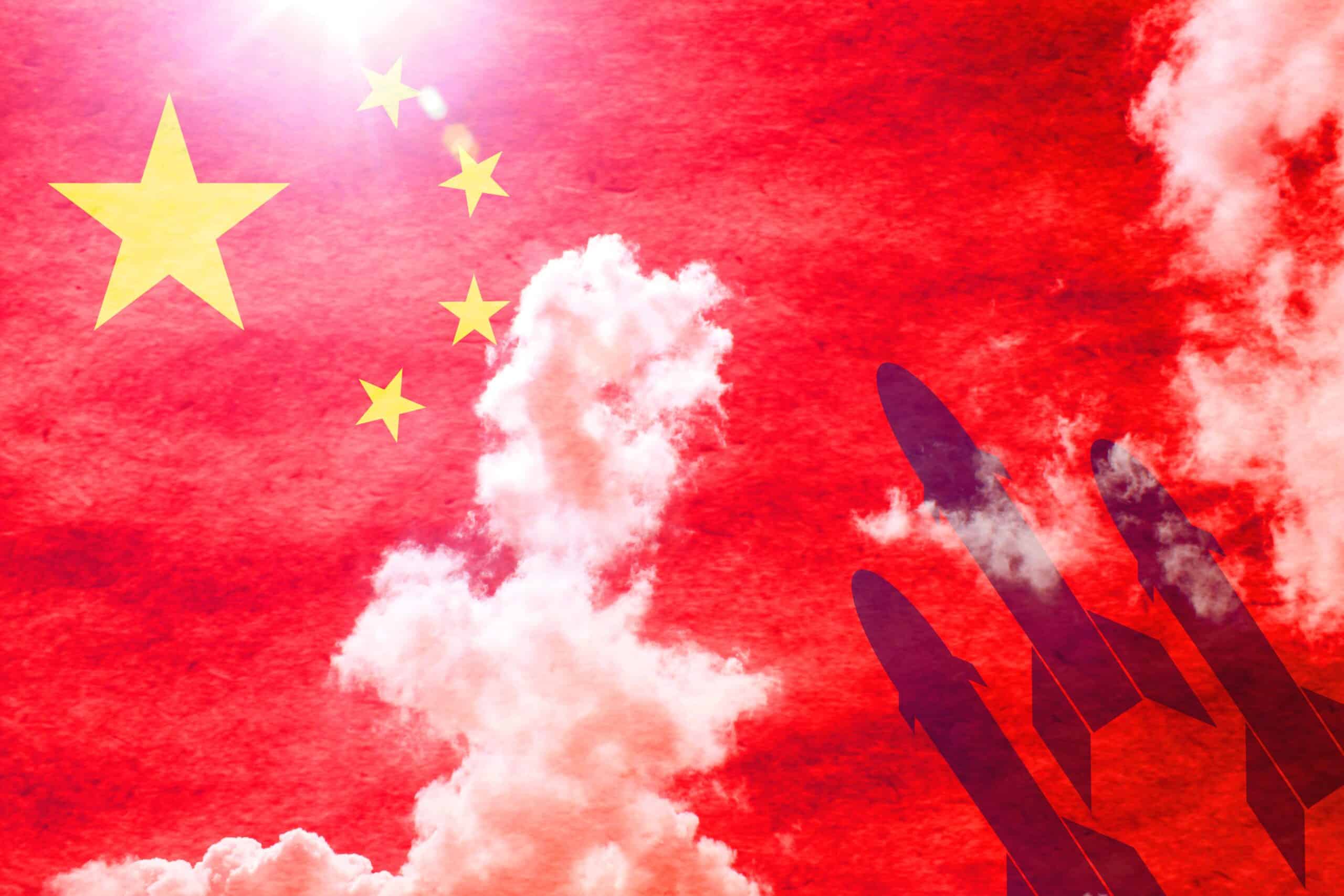
China has one of the largest stockpiles of nuclear weapons in the world with over 600 operational nuclear warheads, including nuclear-capable hypersonic missiles. Taiwan has no nuclear weapons.
14. Space Forces

China maintains several satellite systems and retaliatory and preventative military measures. It has successfully tested anti-satellite missiles and other weapons. However, Taiwan does not control any satellite constellations and does not have any anti-satellite capabilities.
15. Conclusion
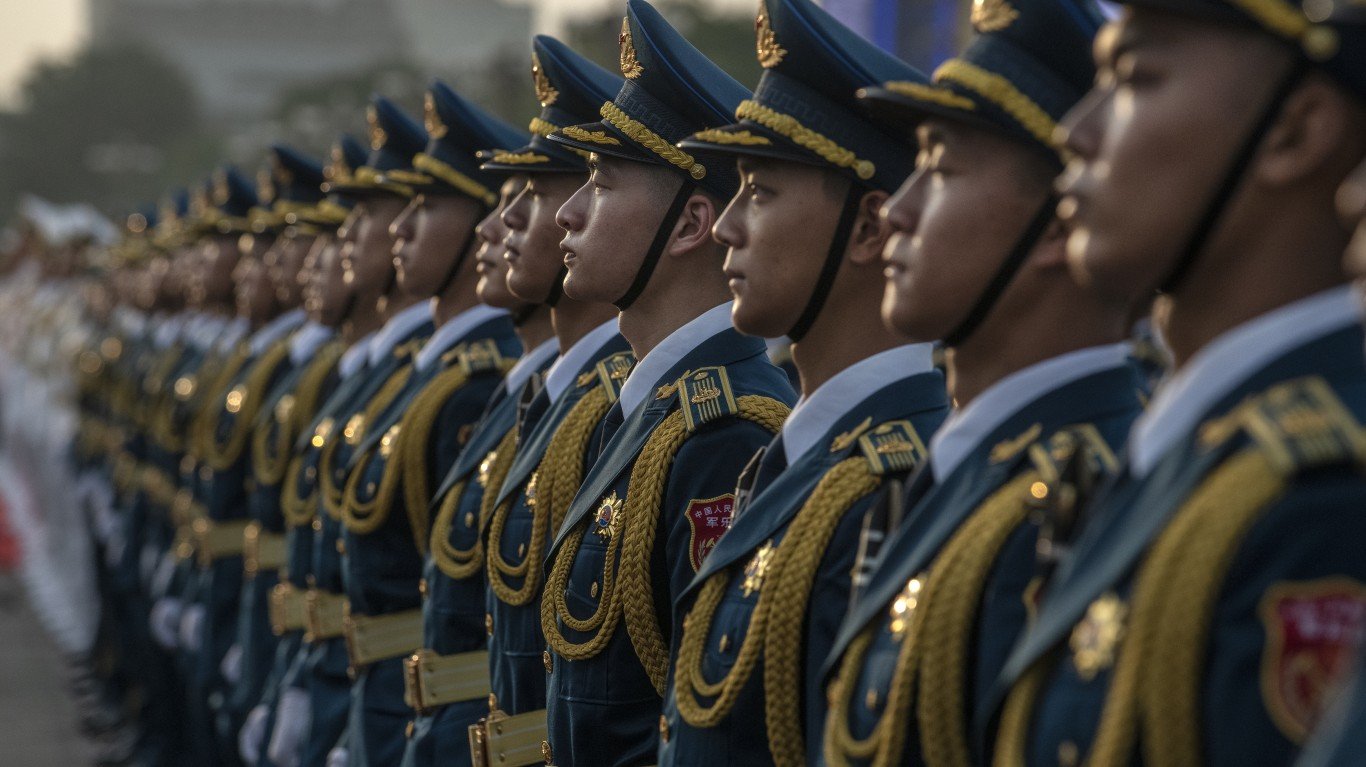
Even with military aid and allied support, it is unlikely Taiwan would come out victorious after a Chinese invasion of the island. However, the destruction of the status quo, immense loss of resources and manpower, and possible shunning by the international community likely keep China from acting on its One-China policy. A best-case scenario for Taiwan in such a conflict would be a white peace or an agreement that solidifies Taiwan’s puppet status.
The post Is China Getting Ready to Attack and Invade Taiwan? appeared first on 24/7 Wall St..
